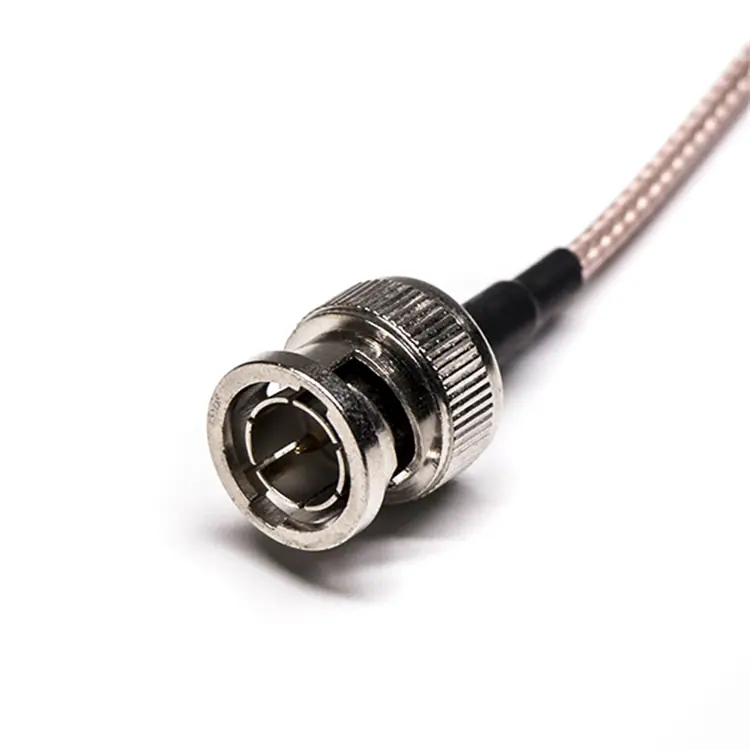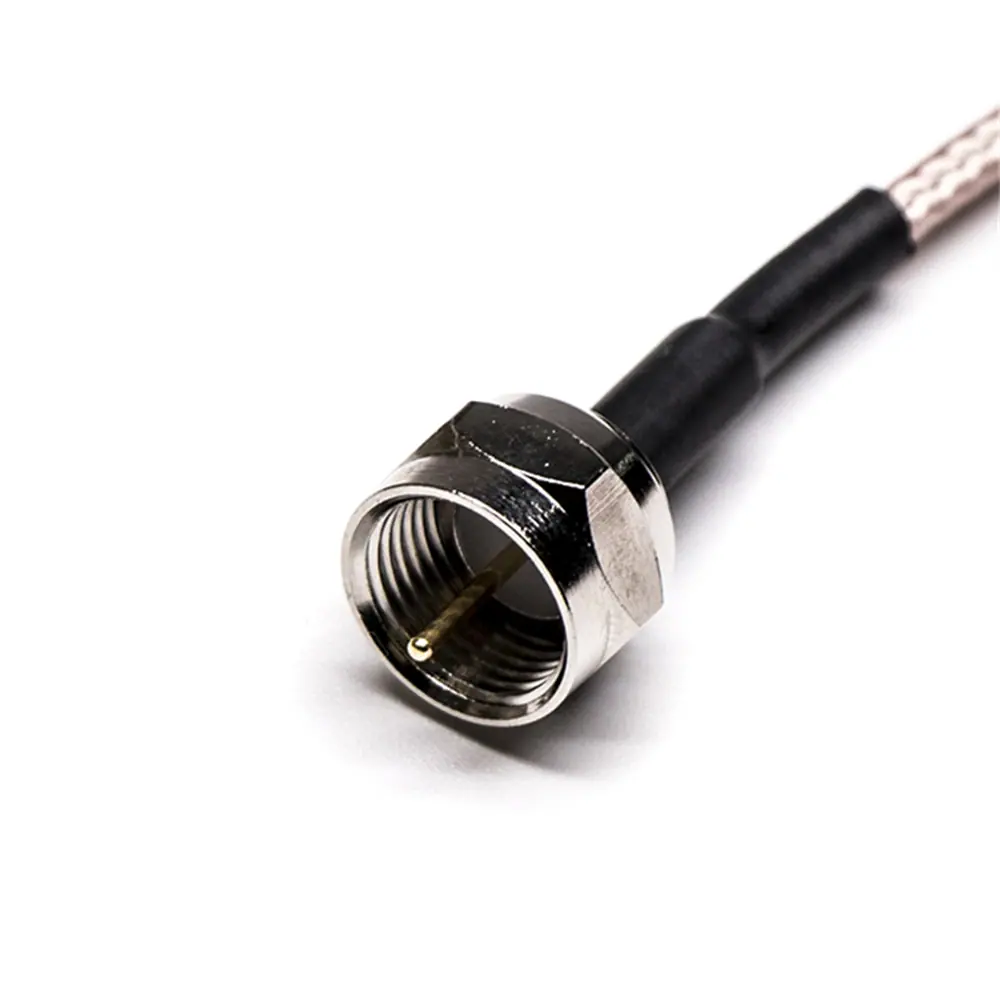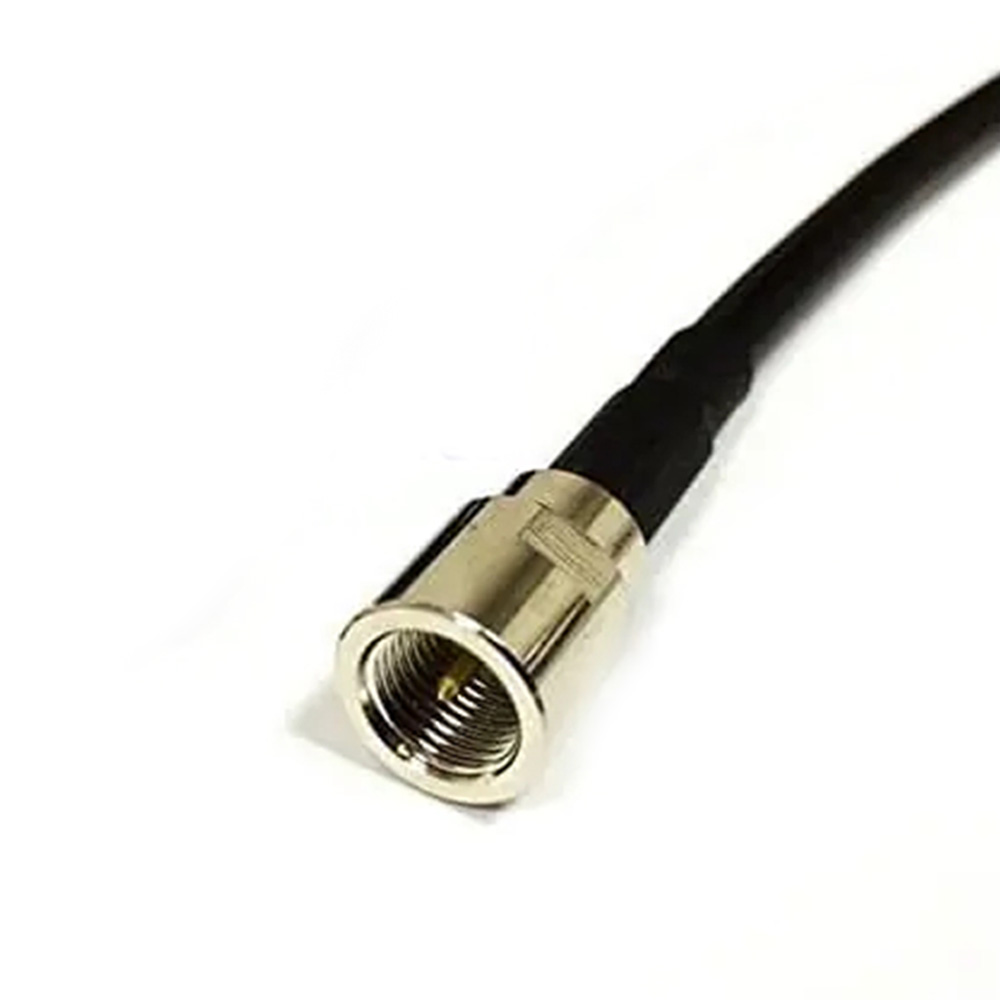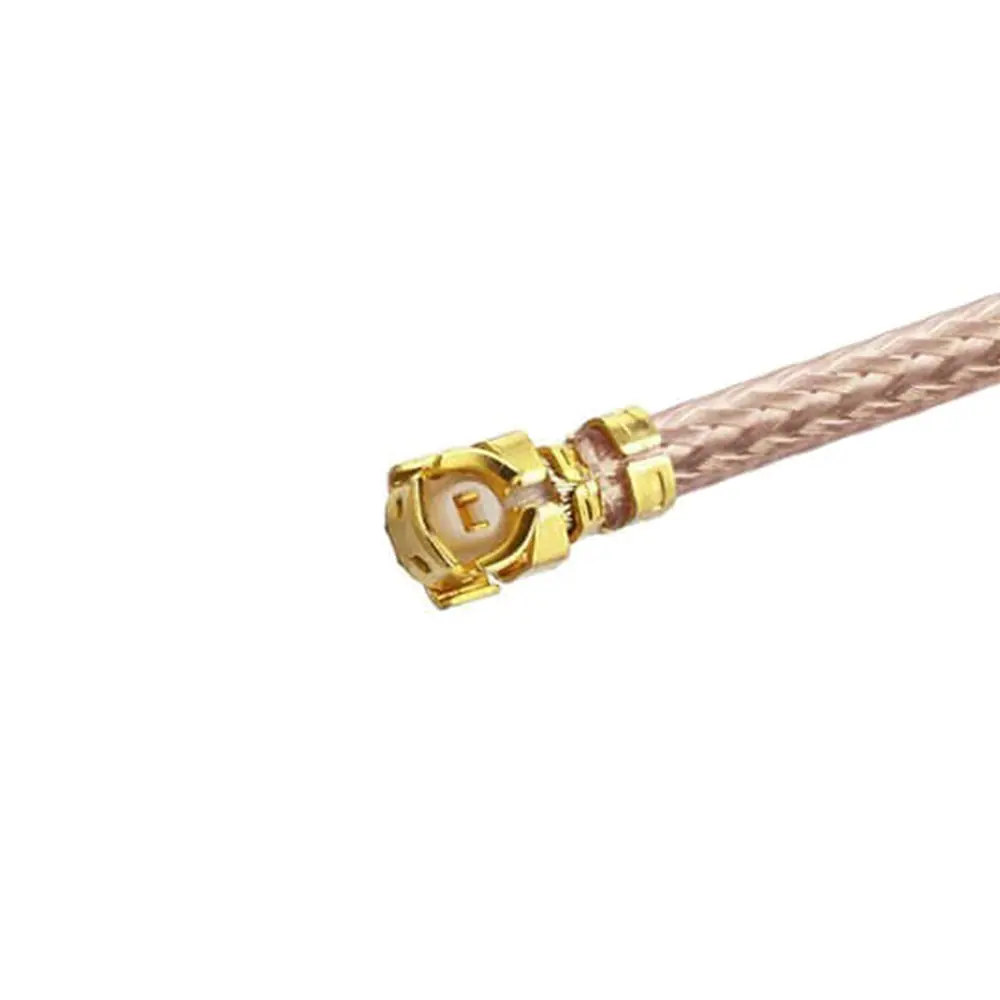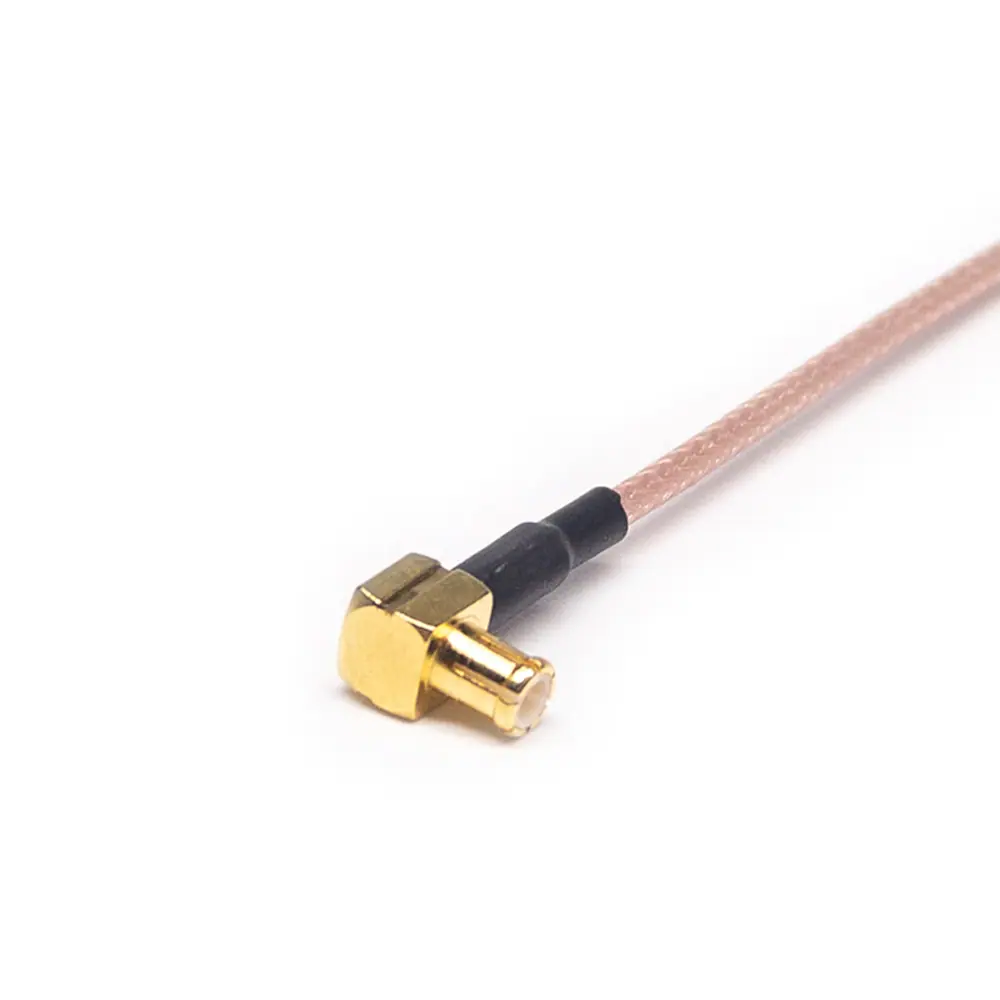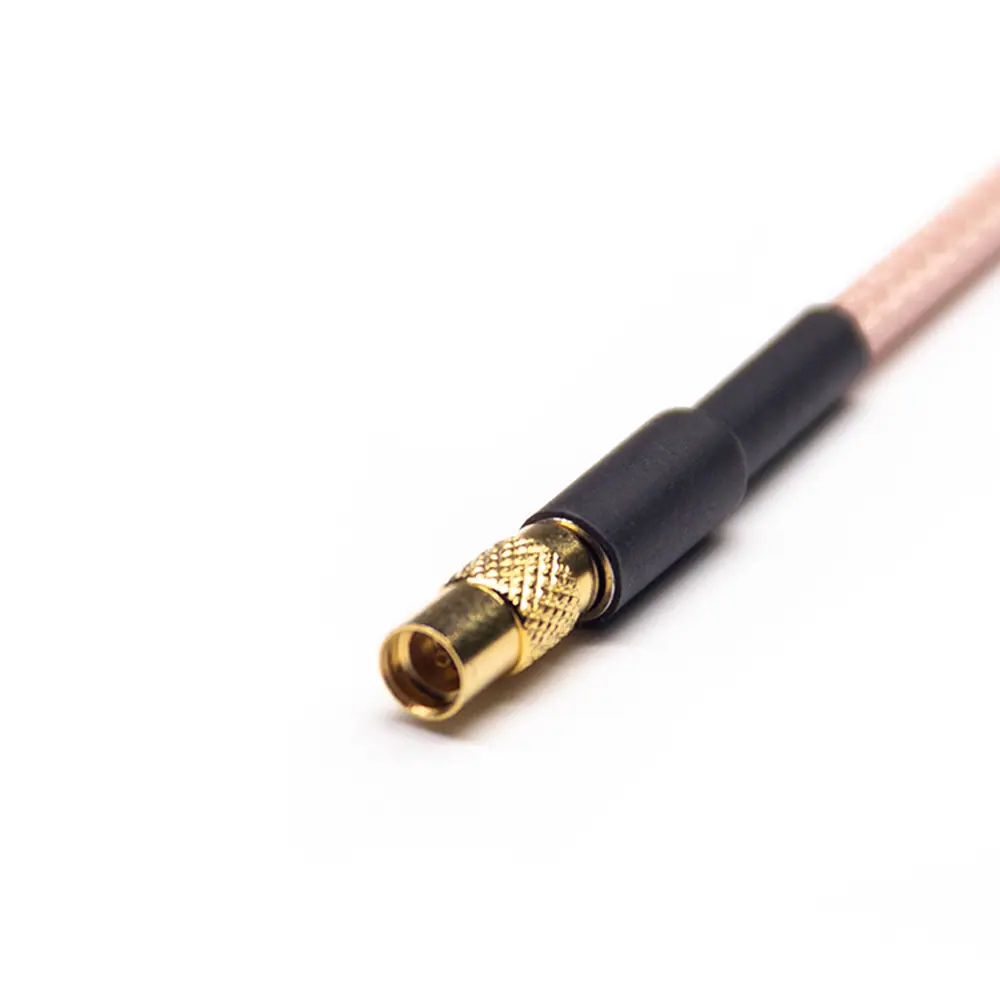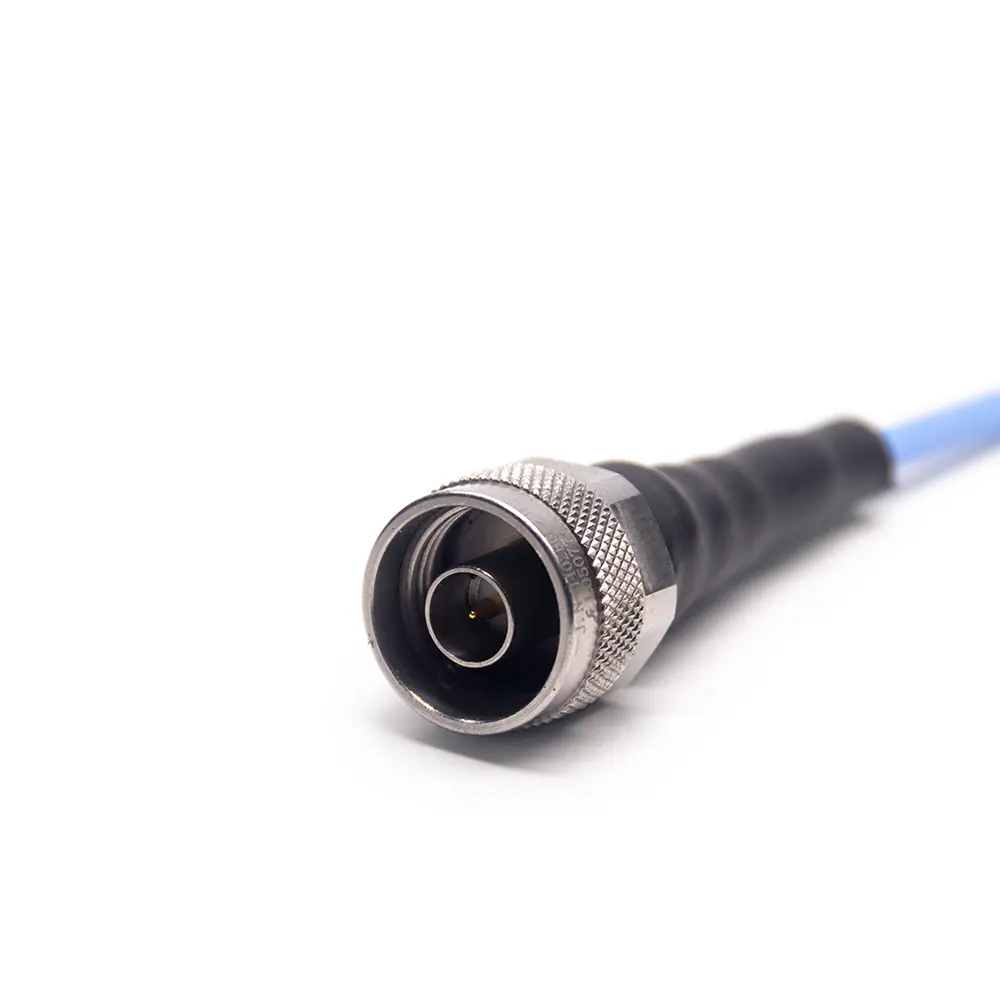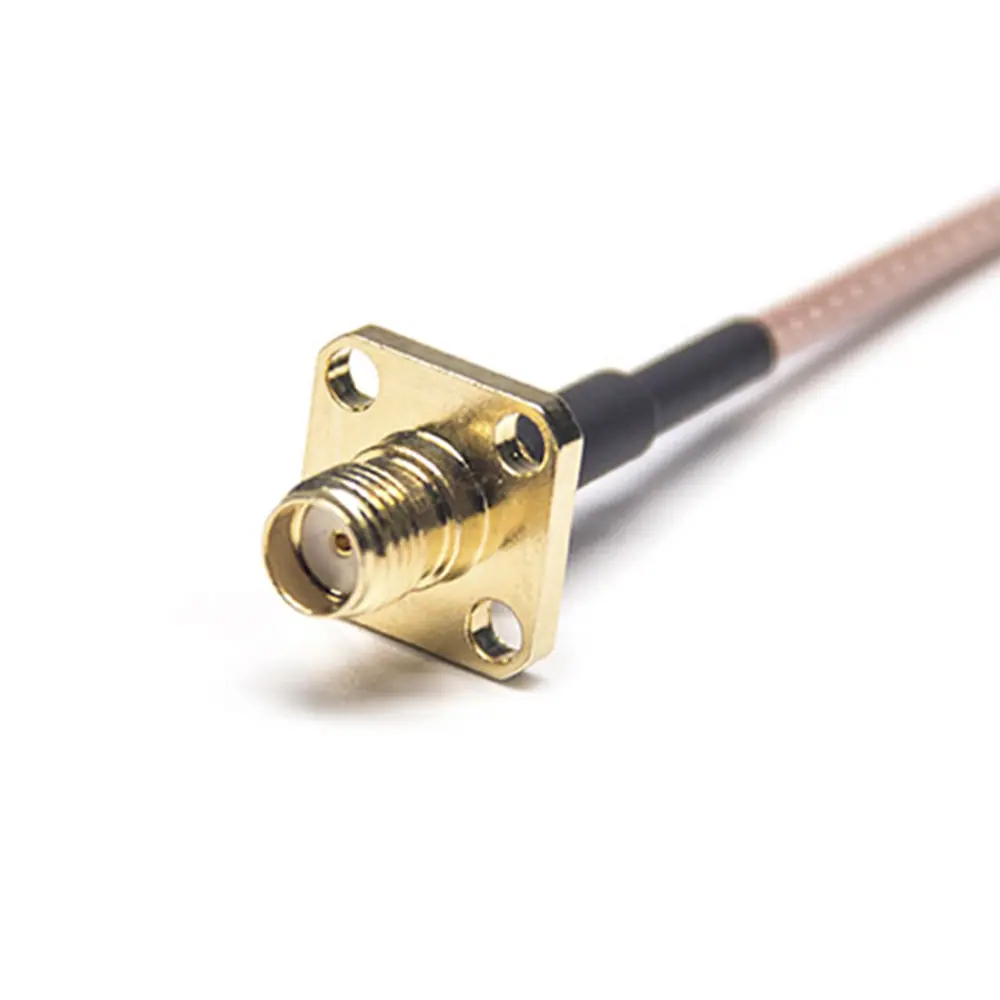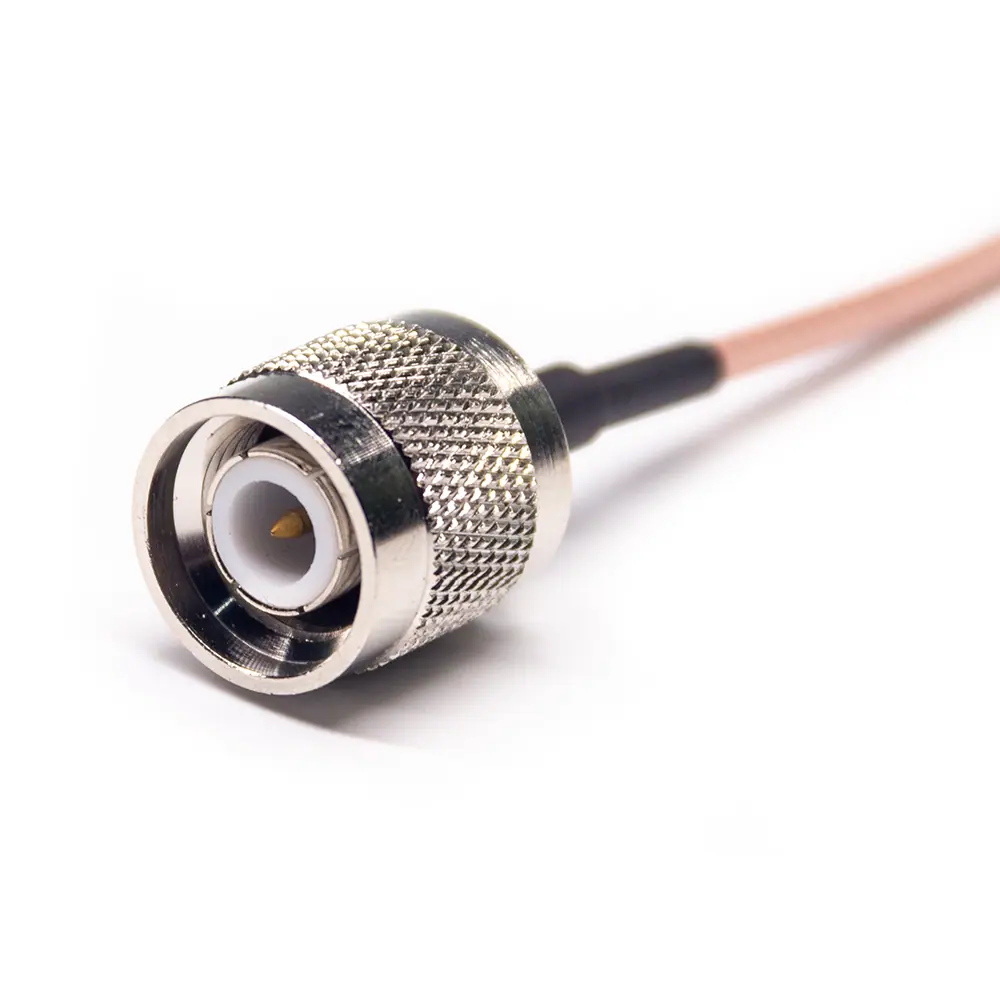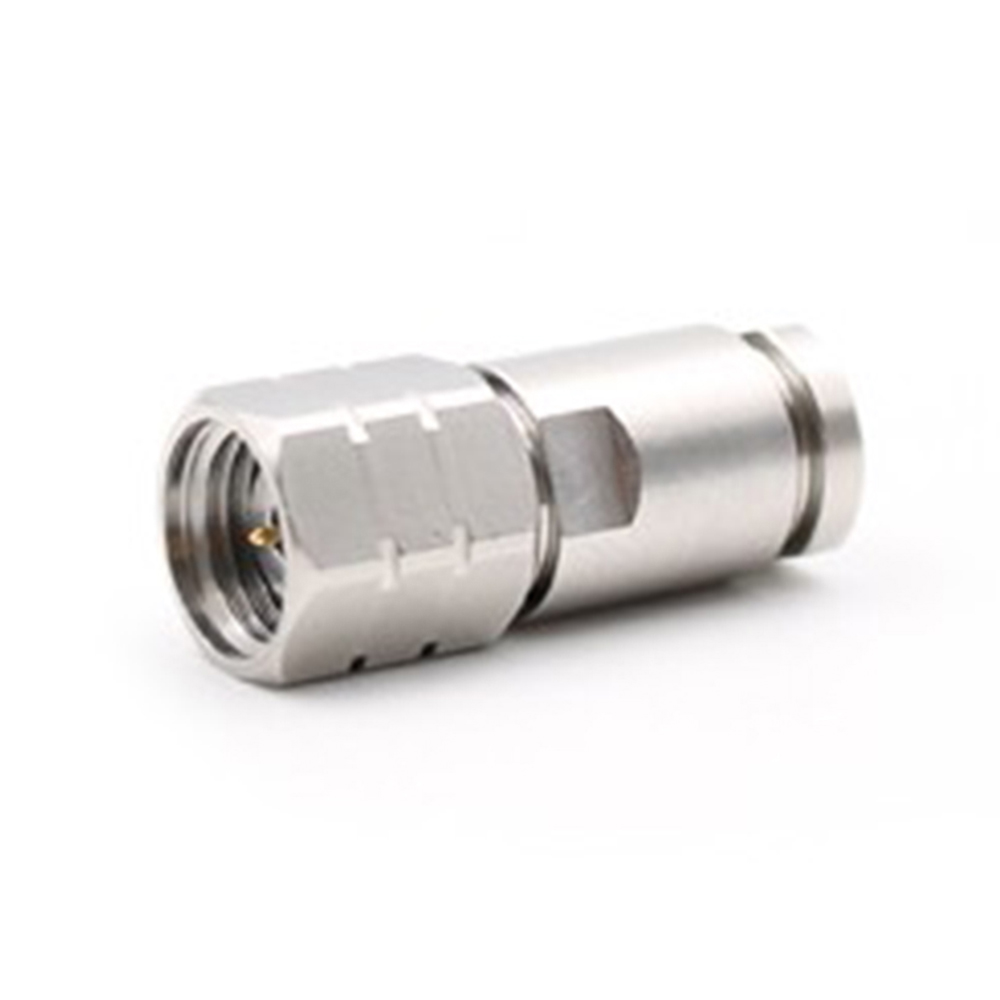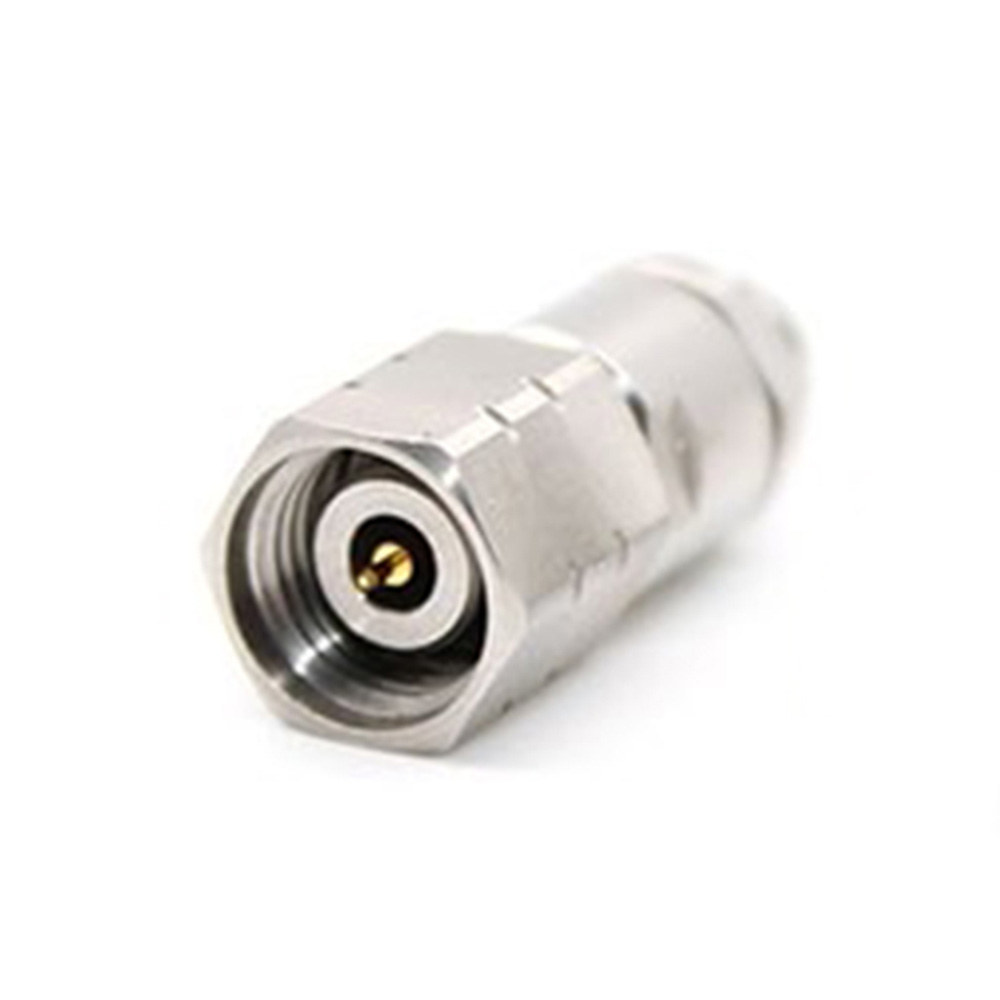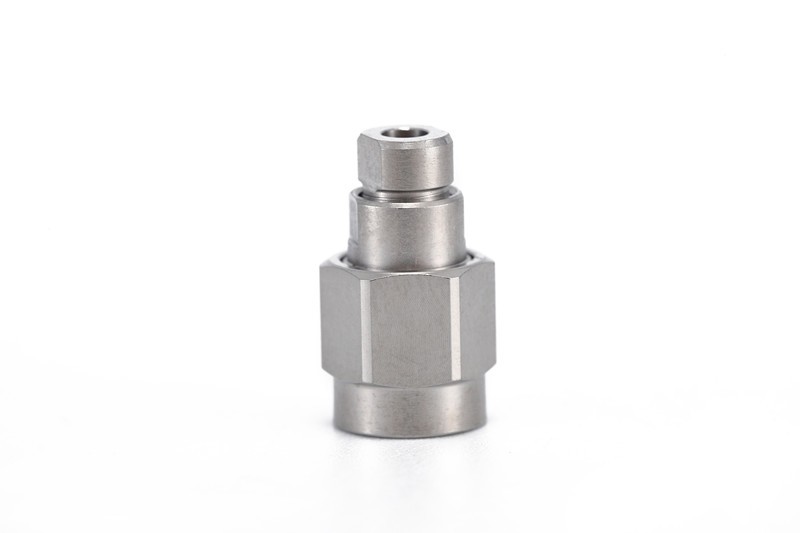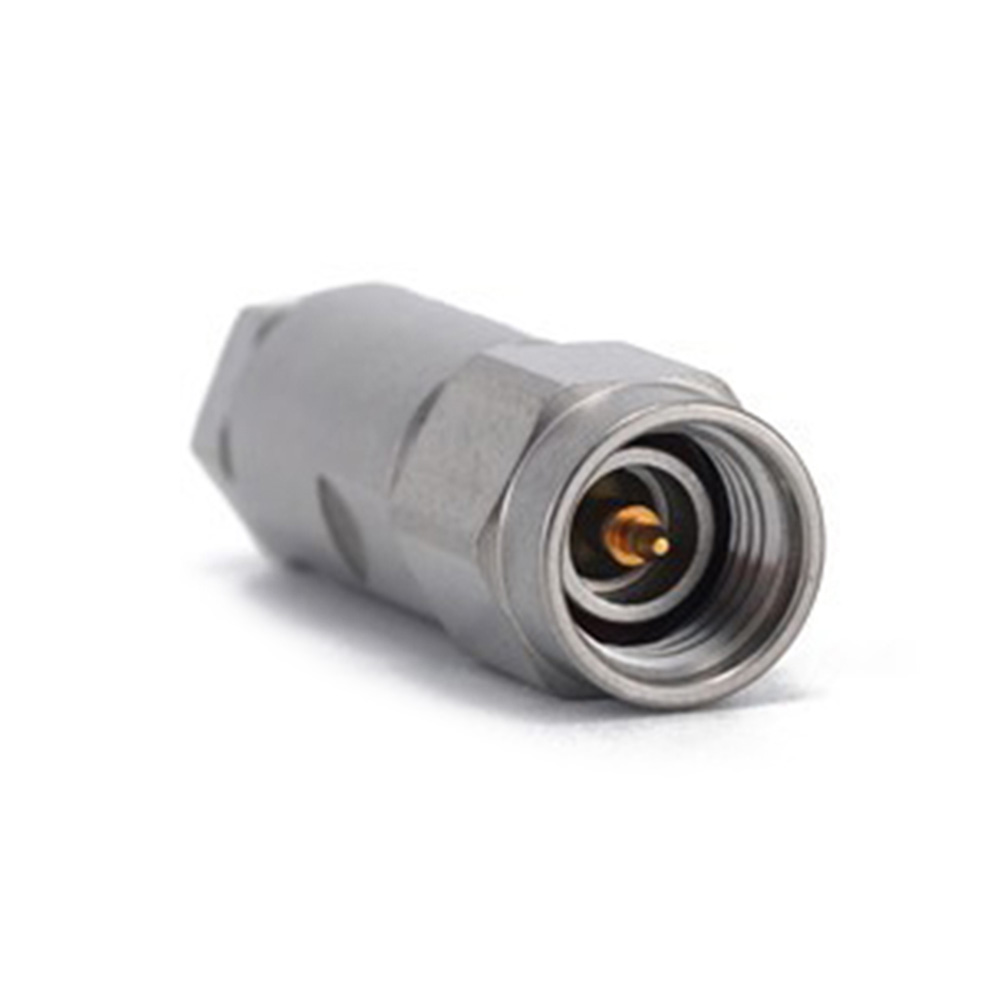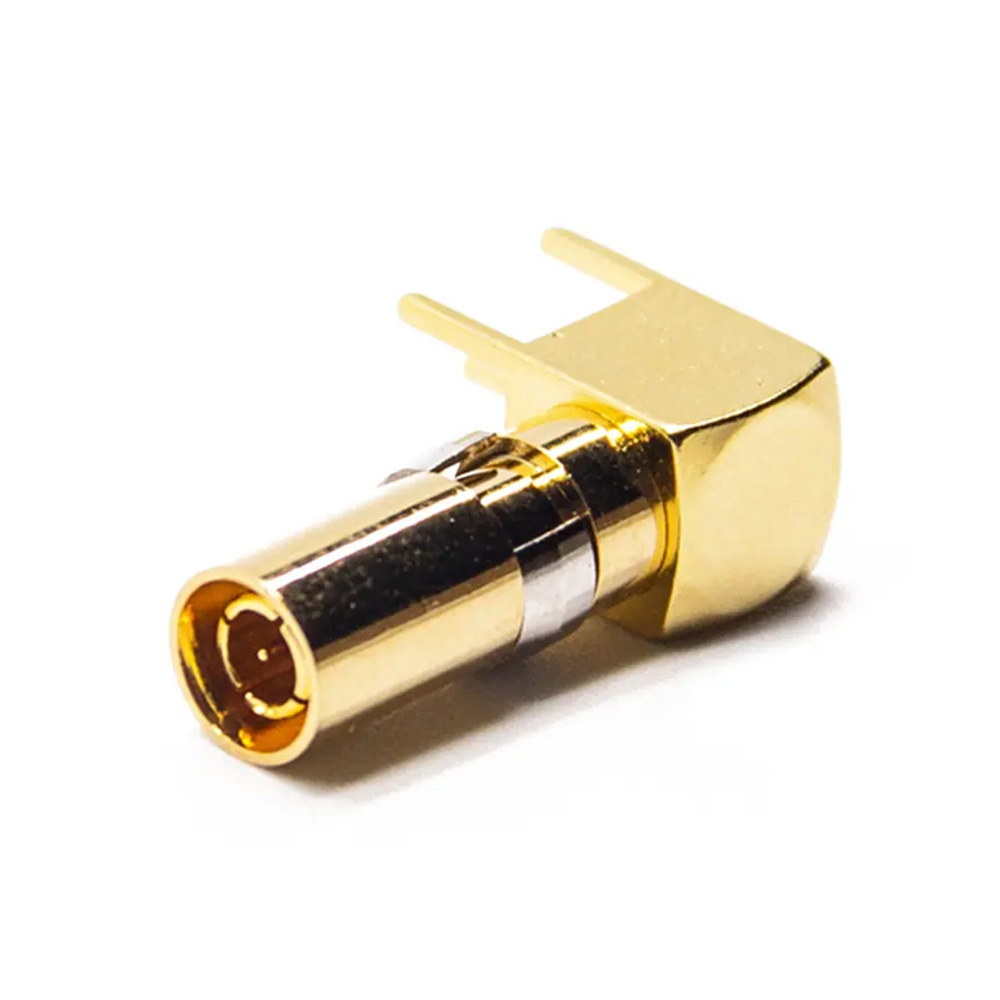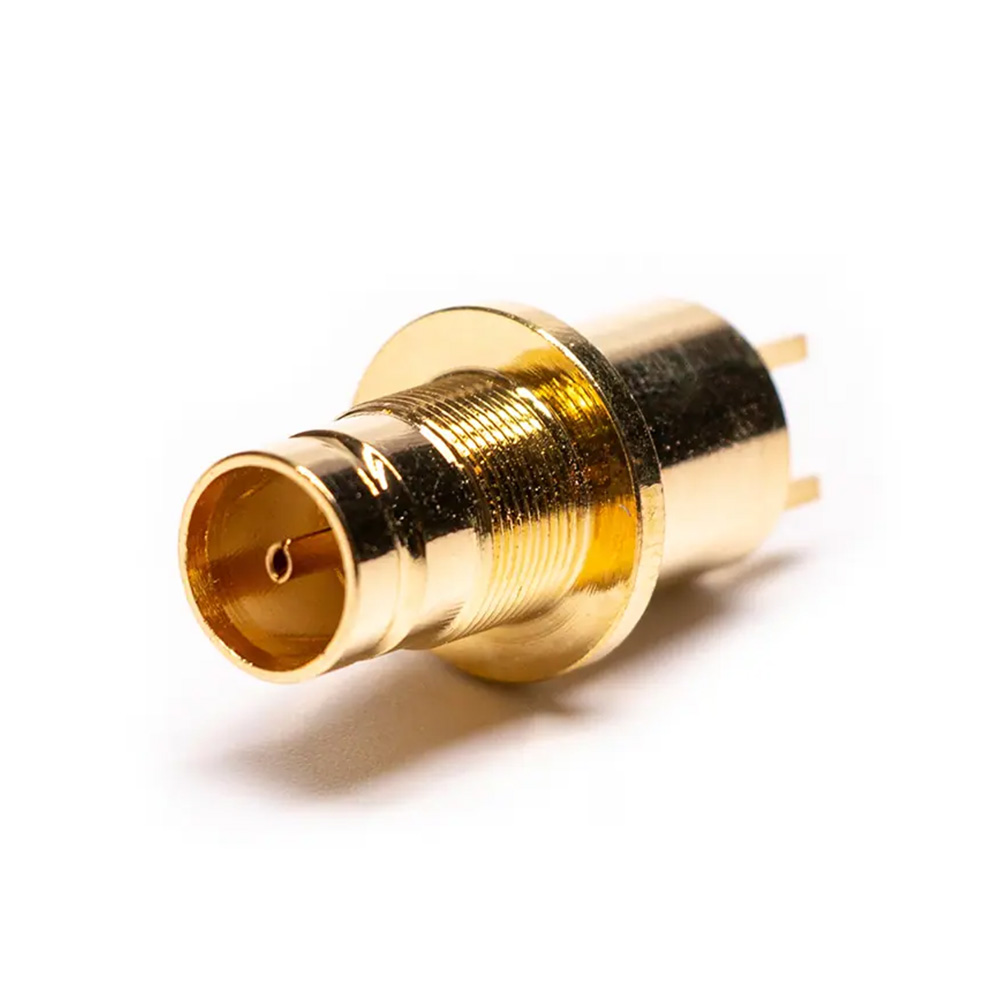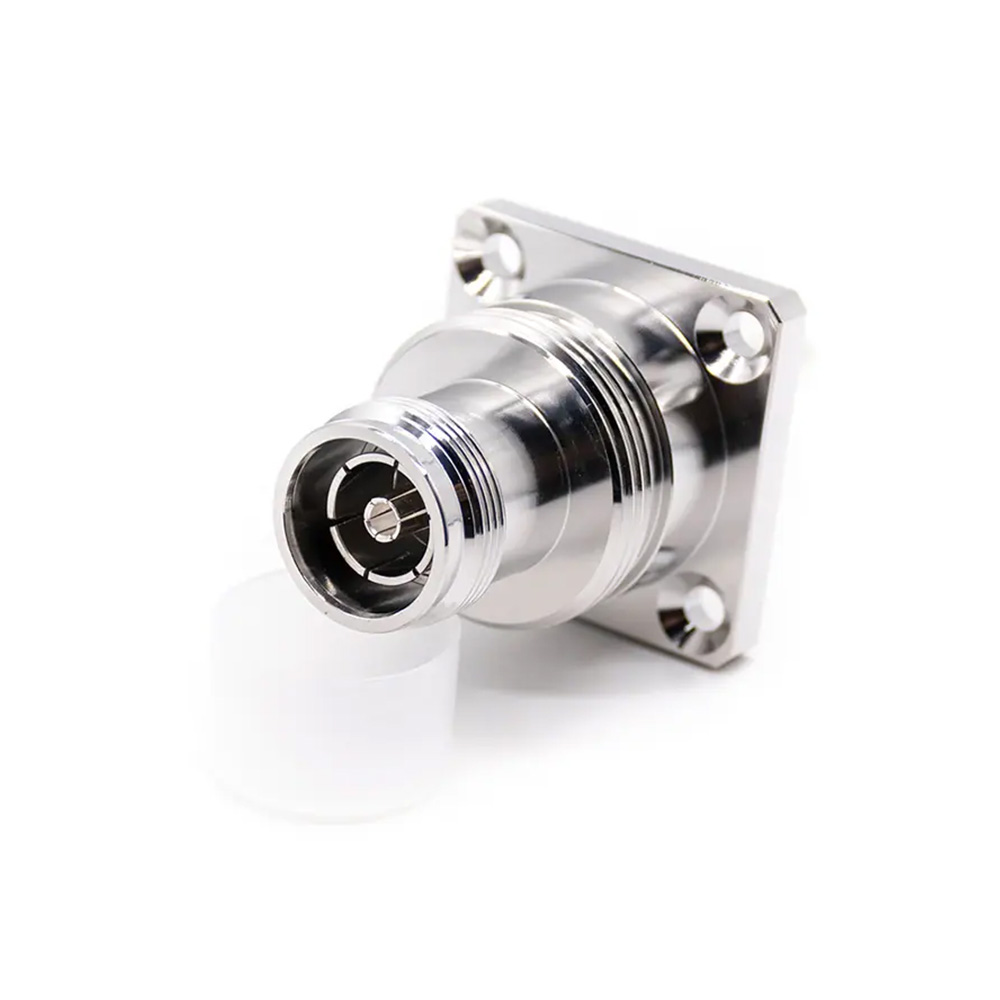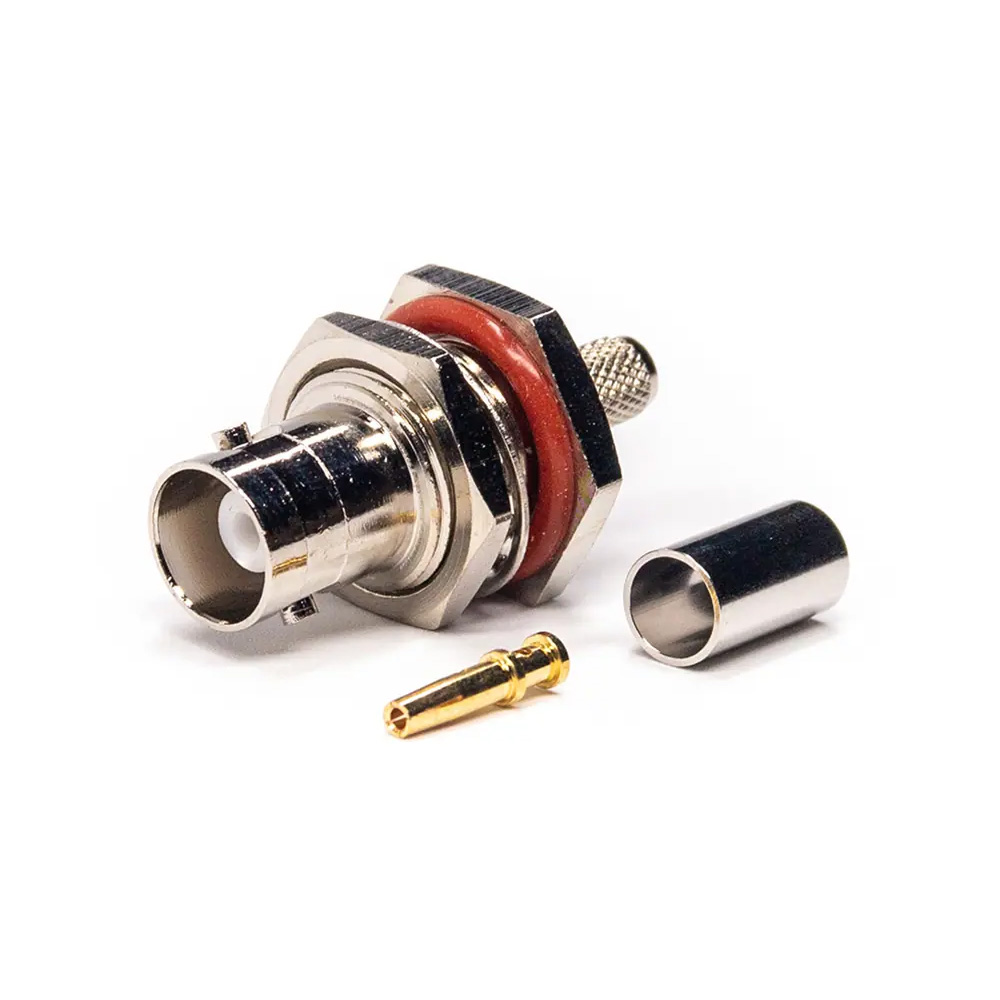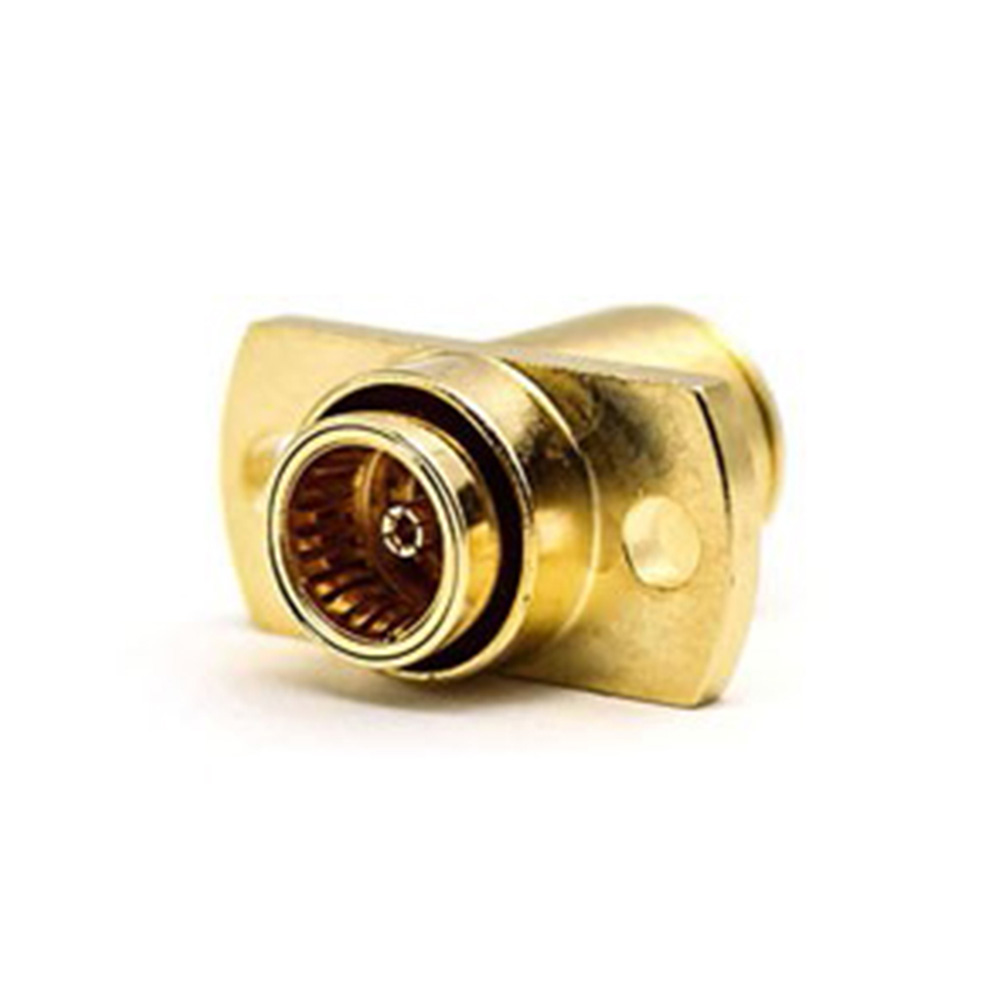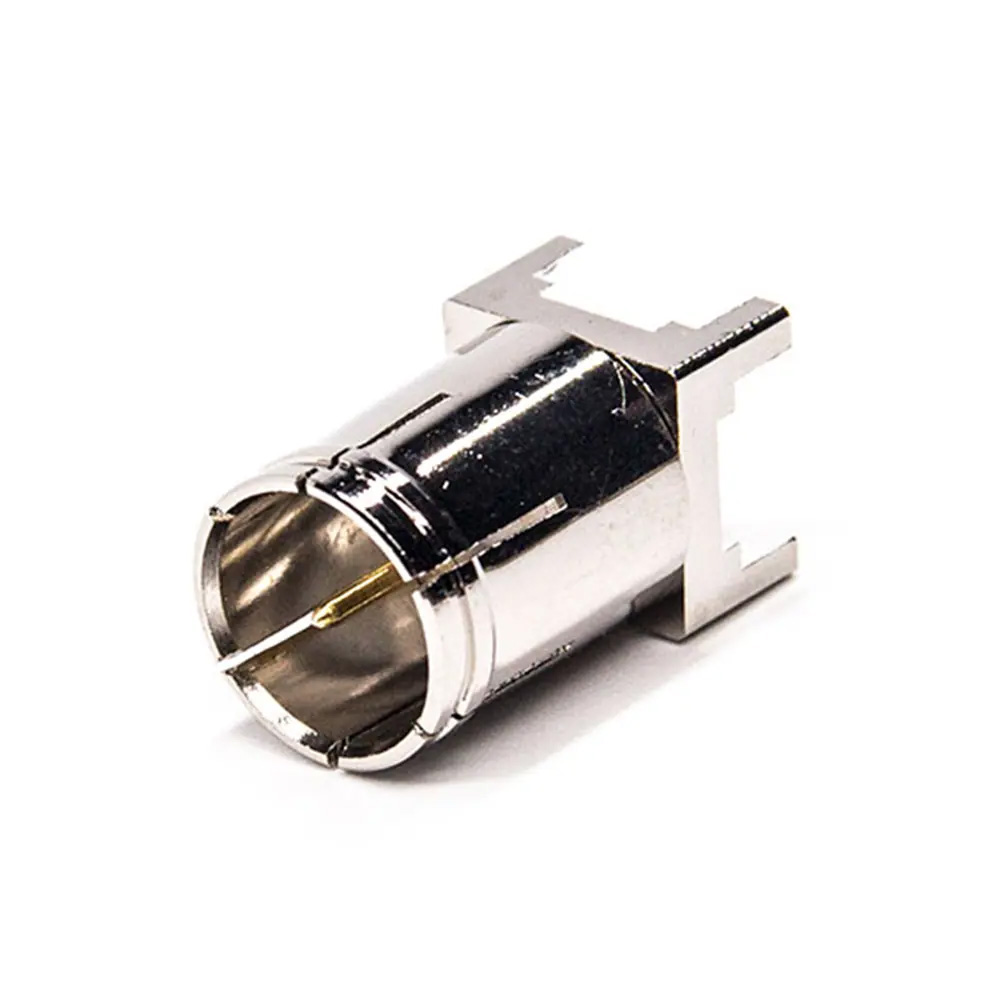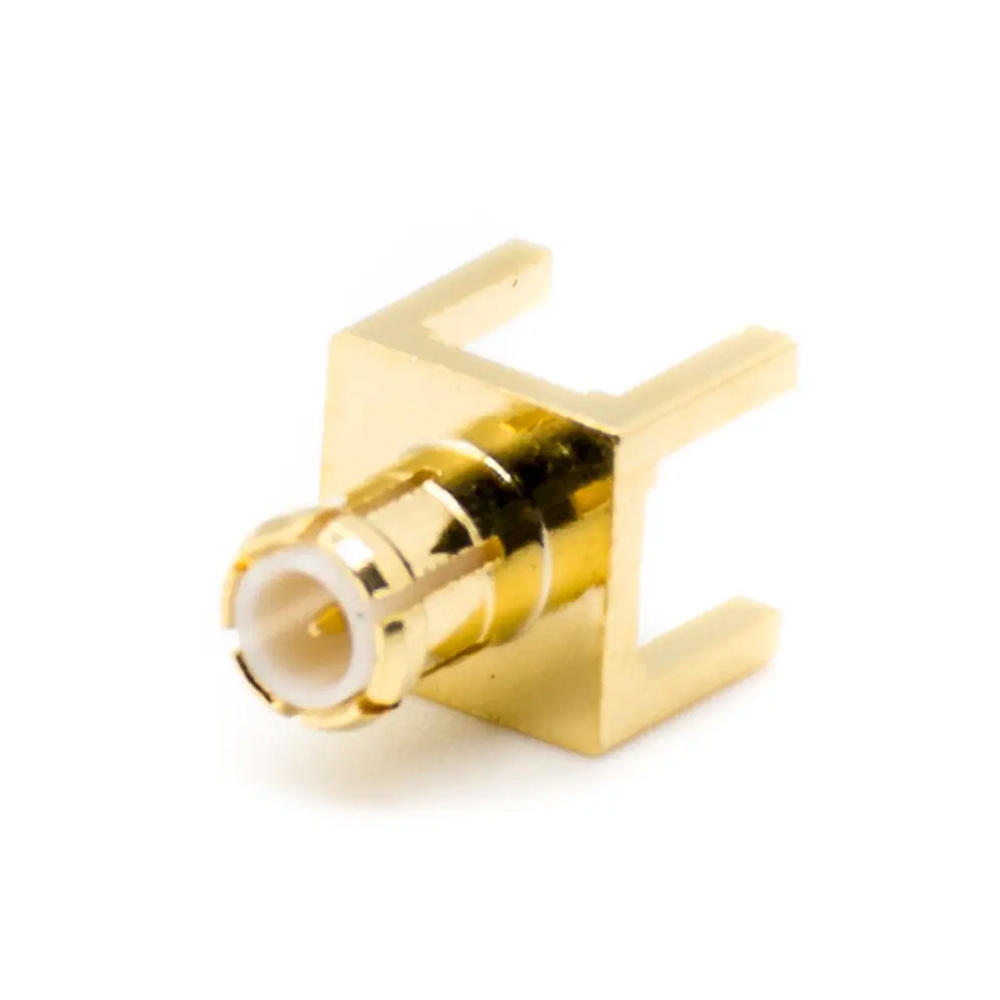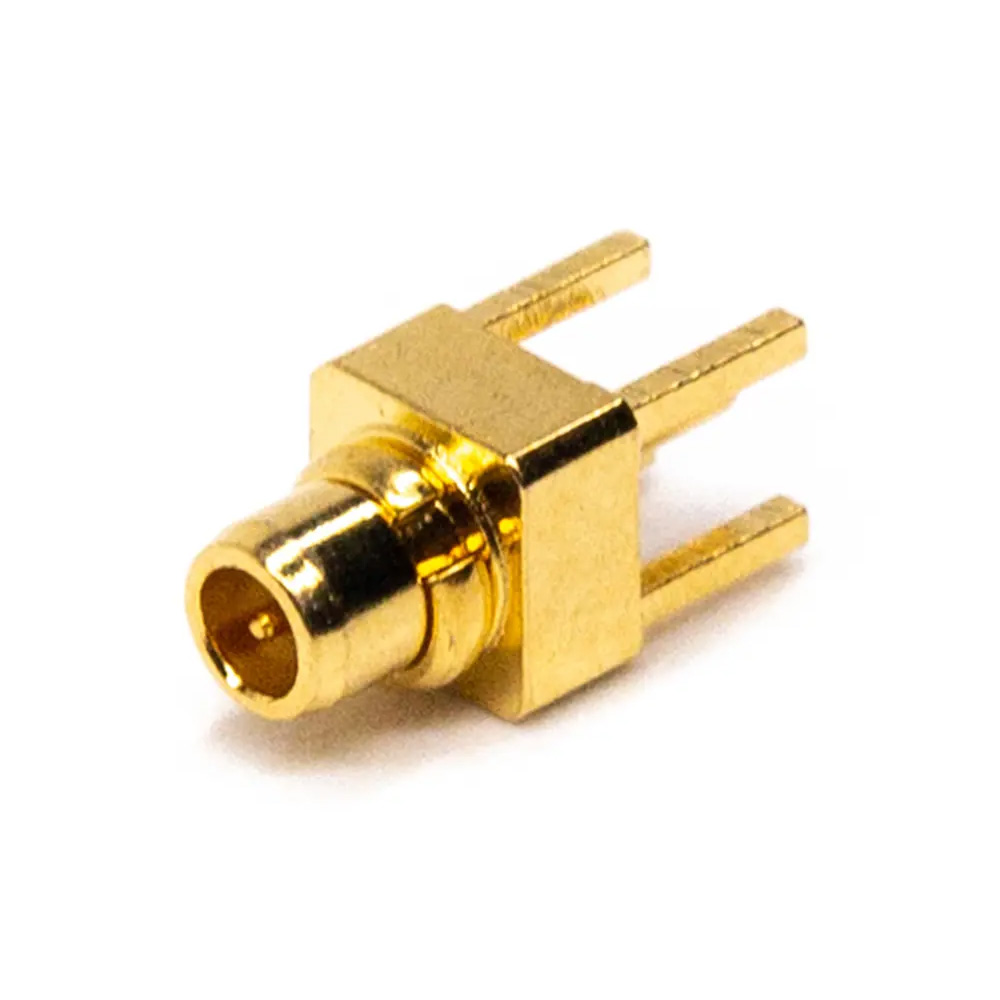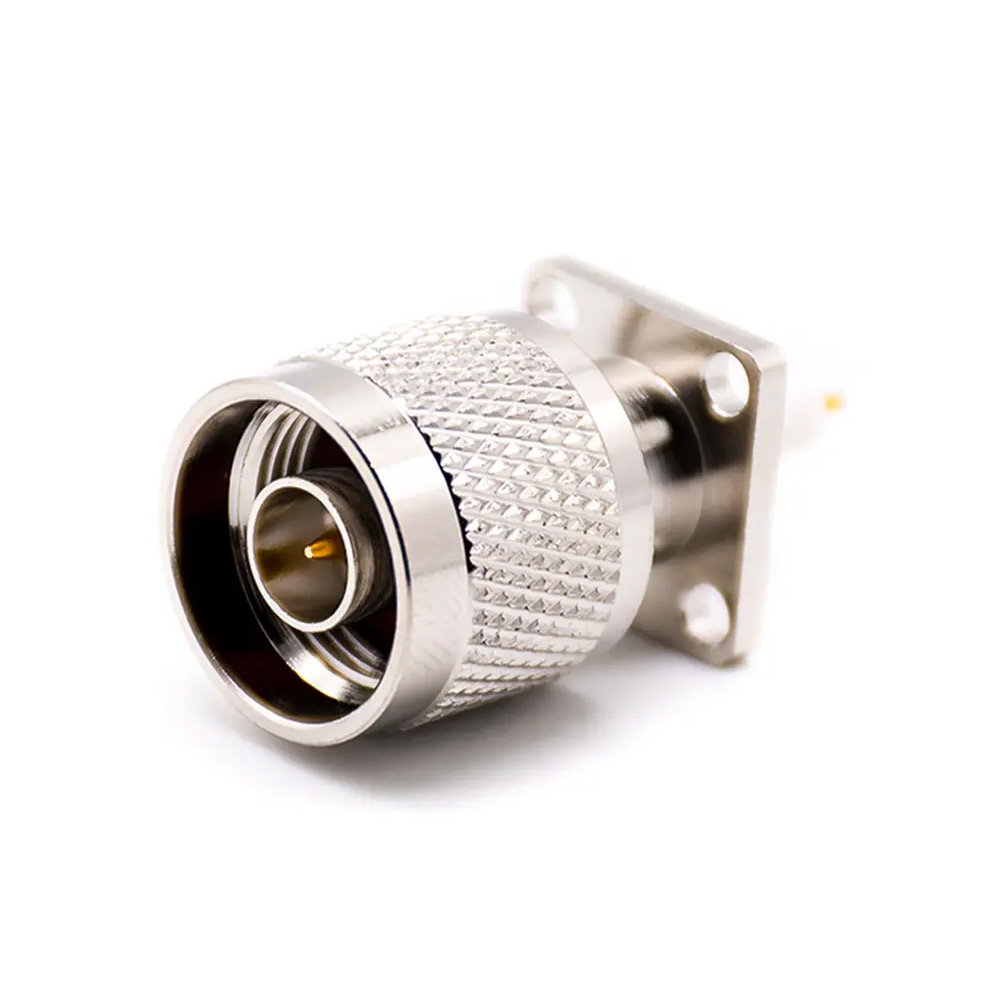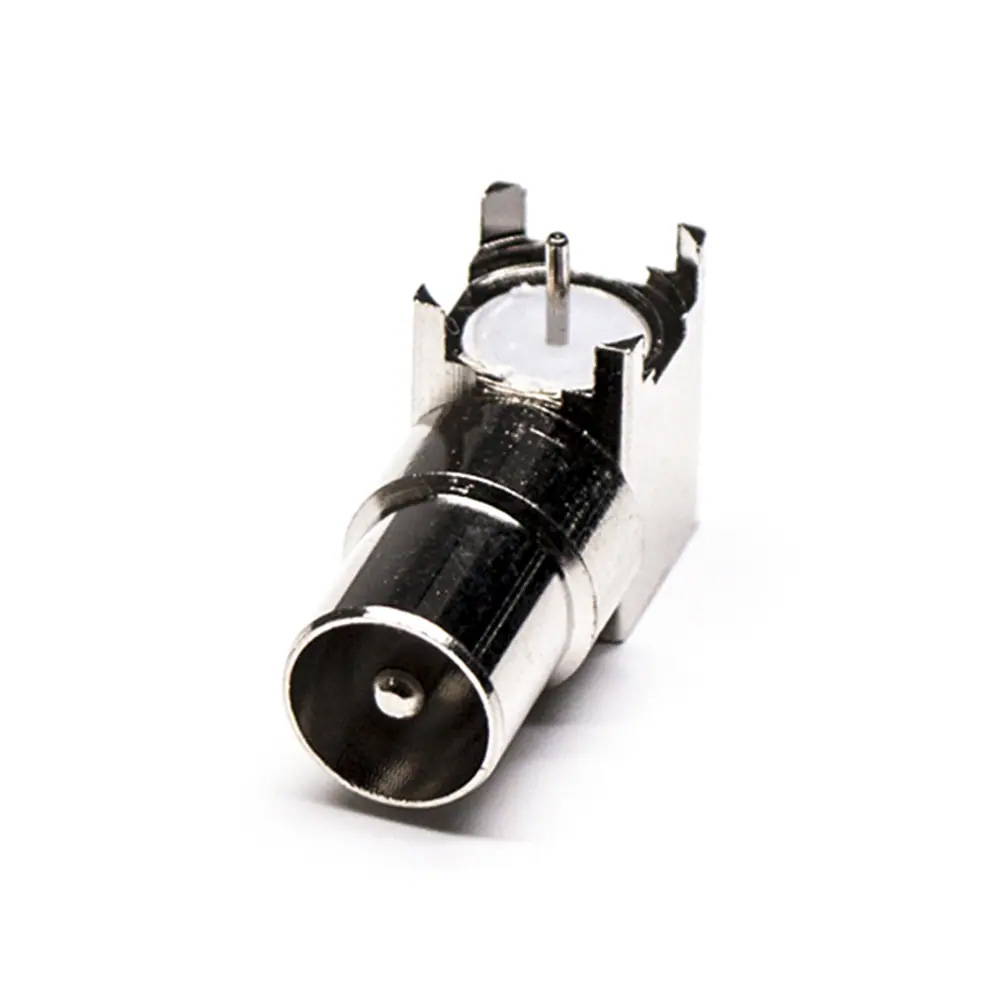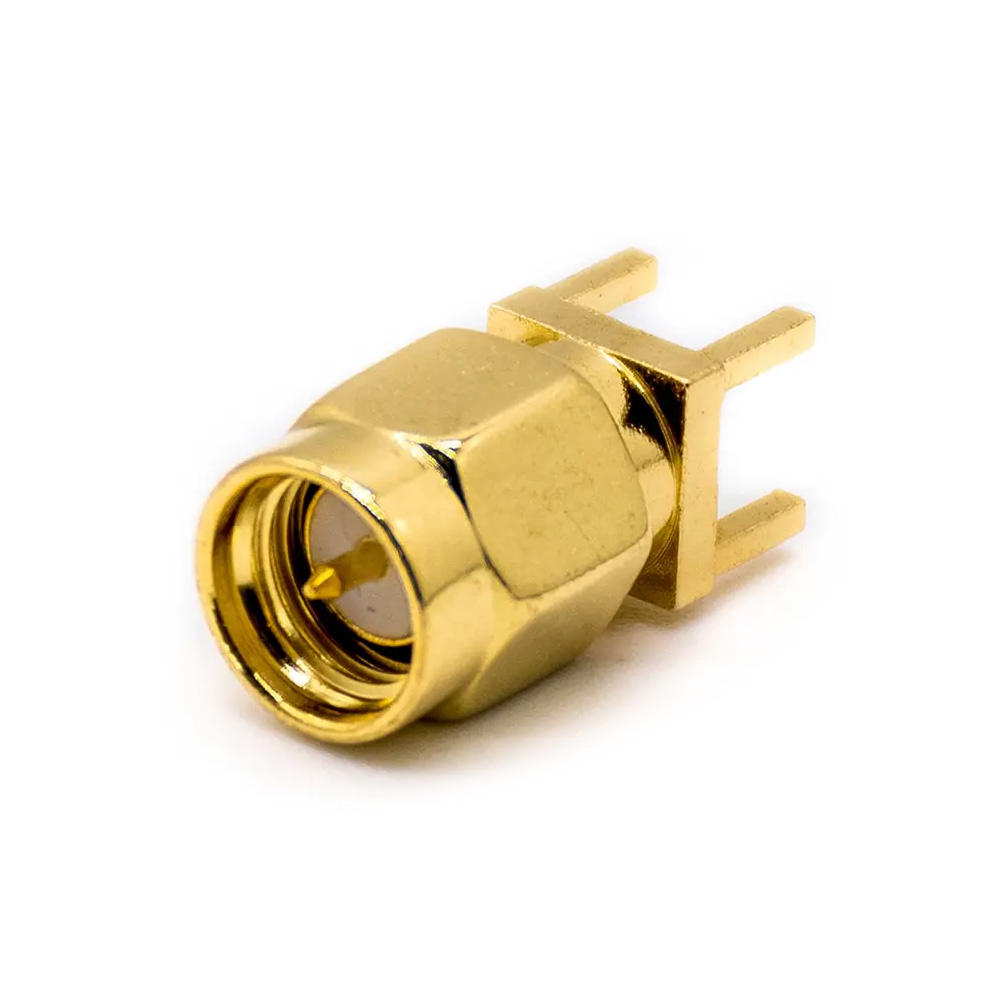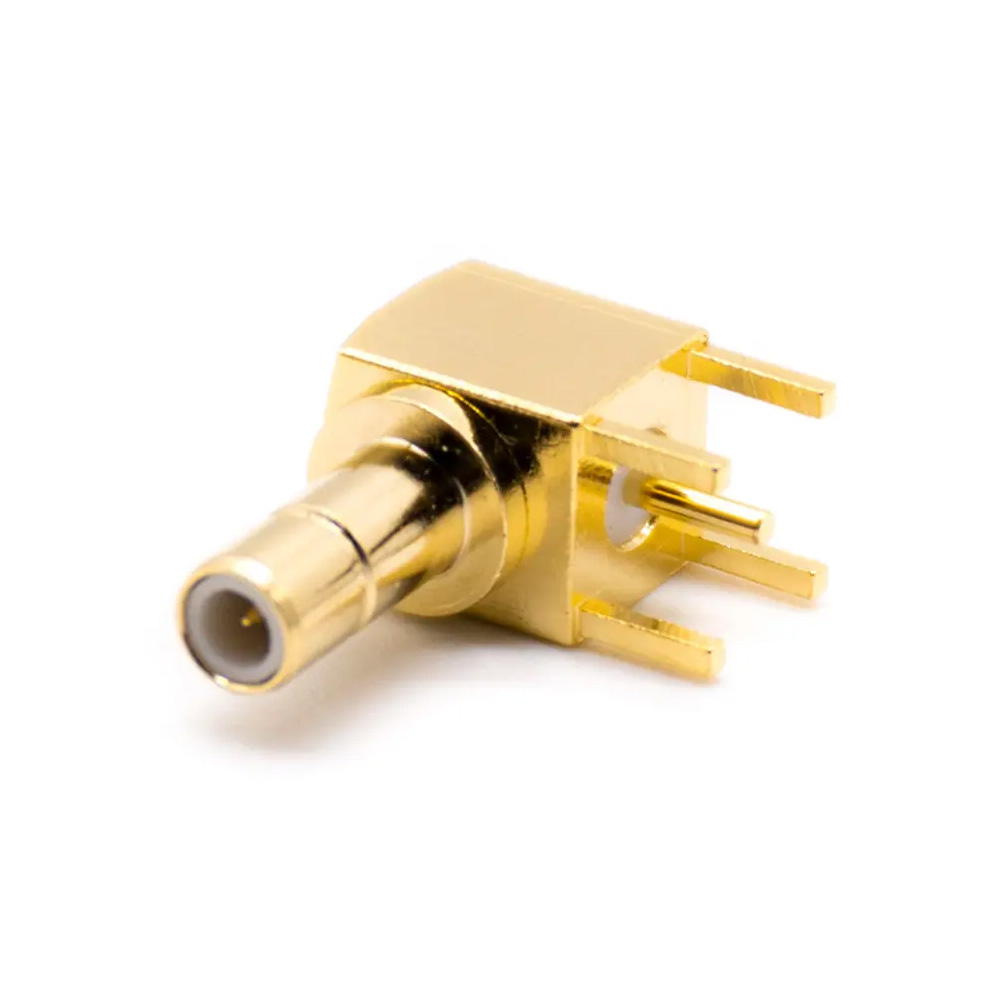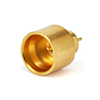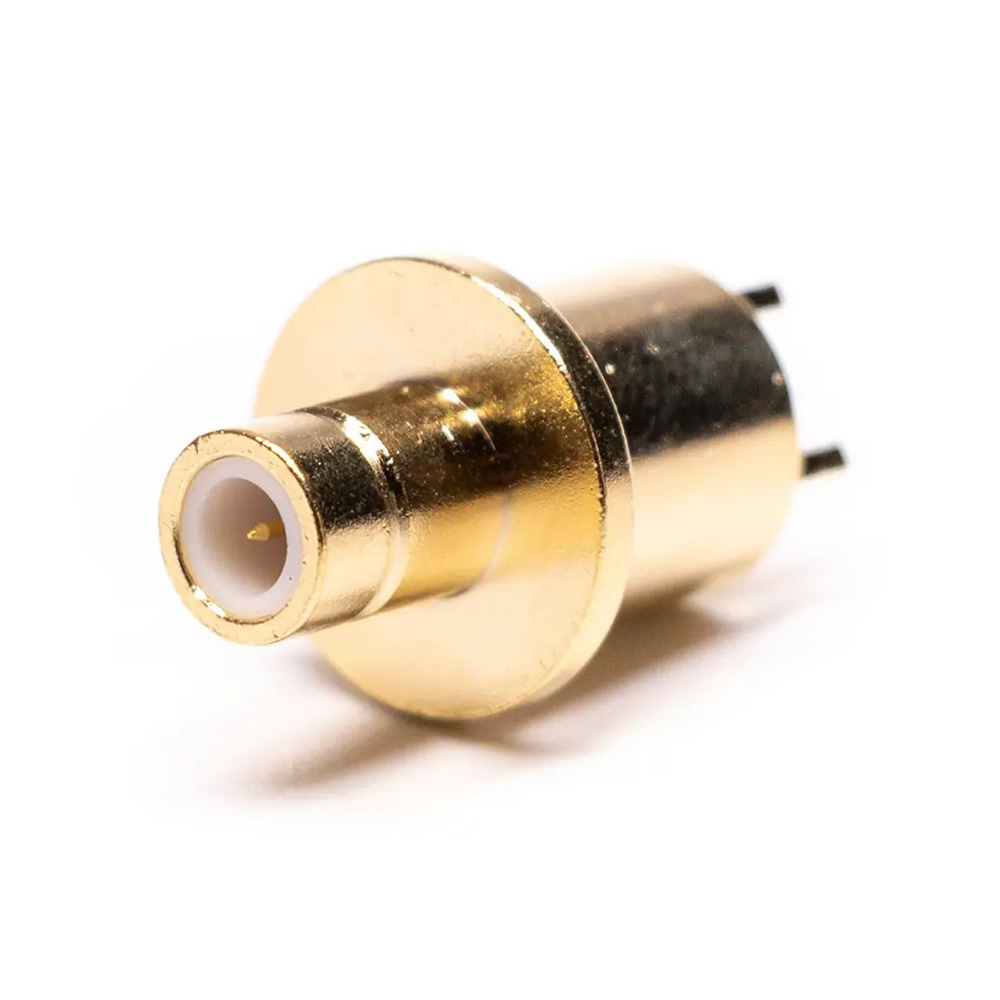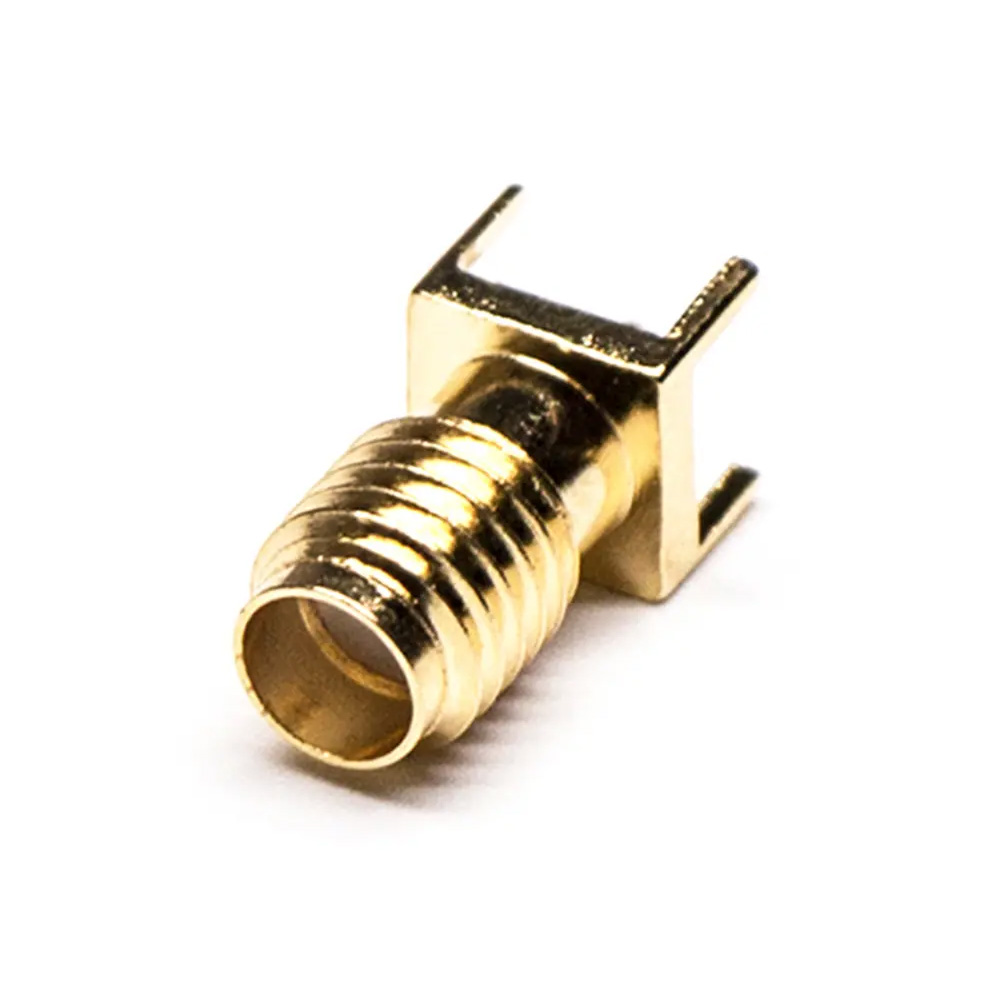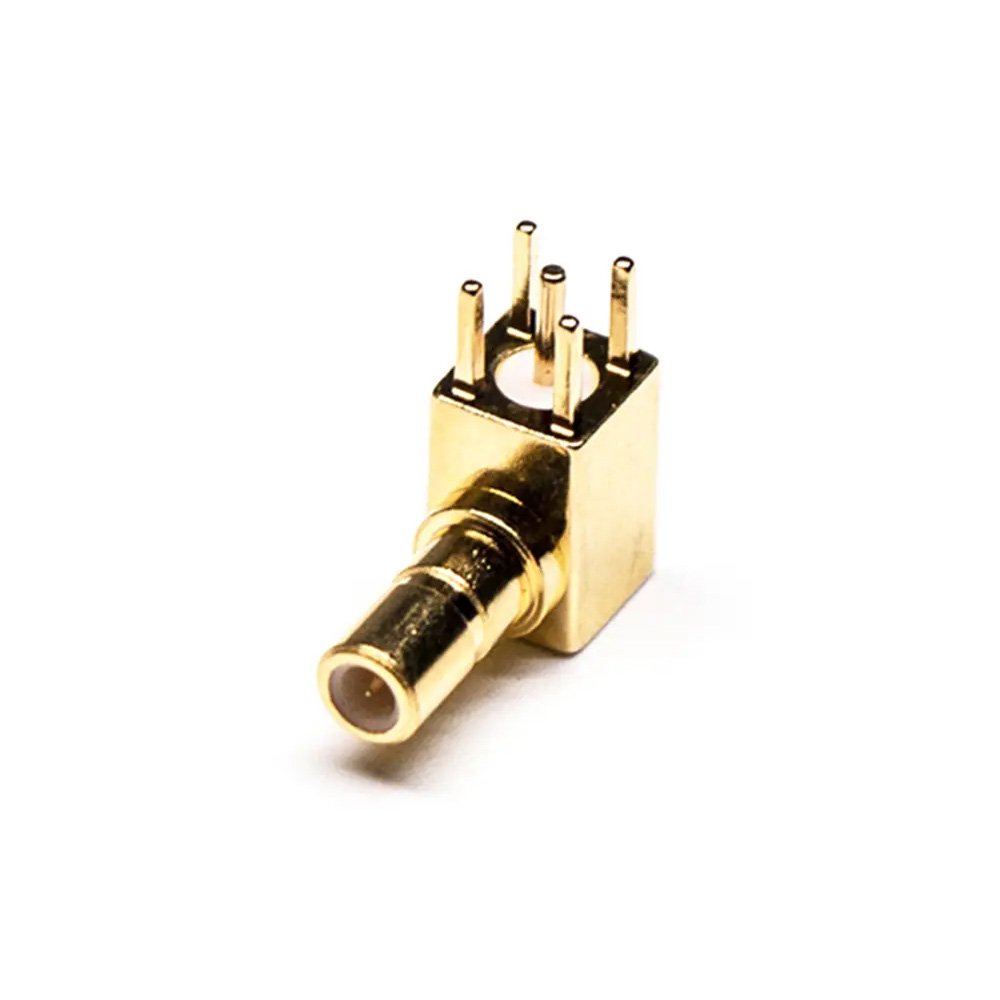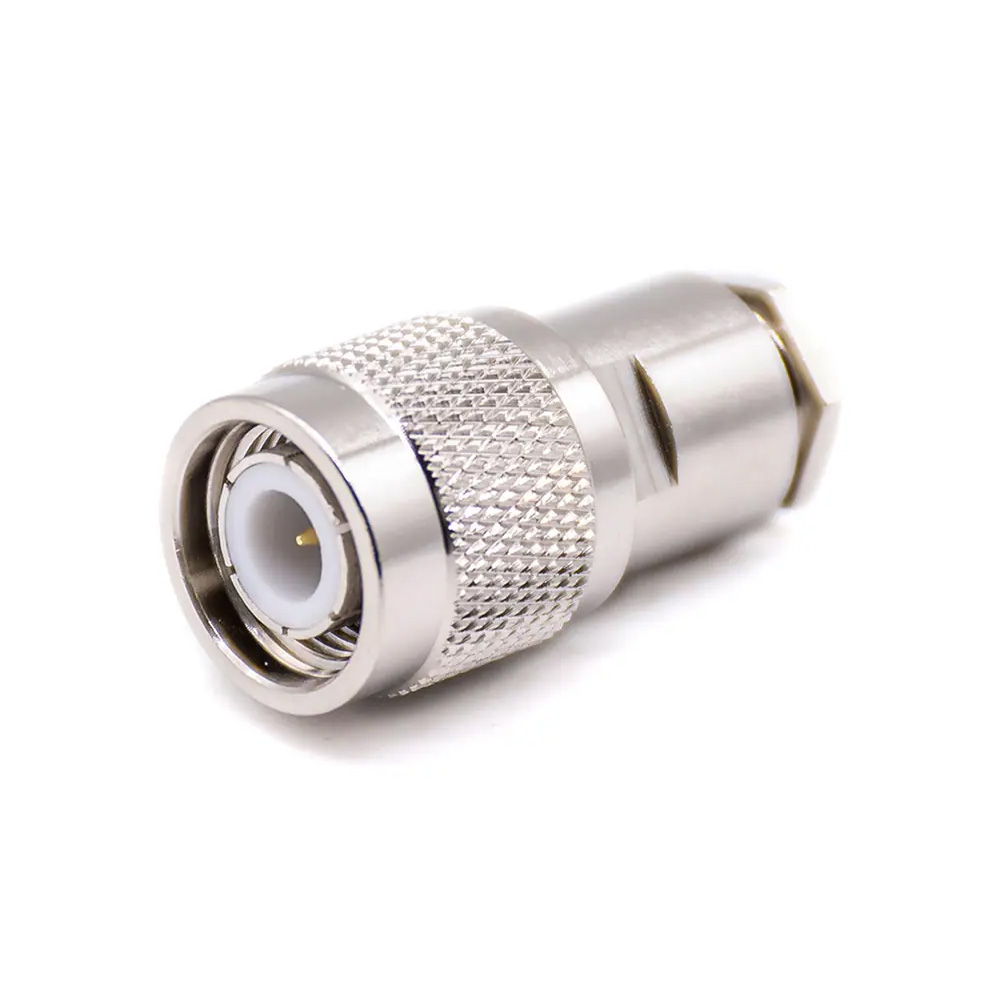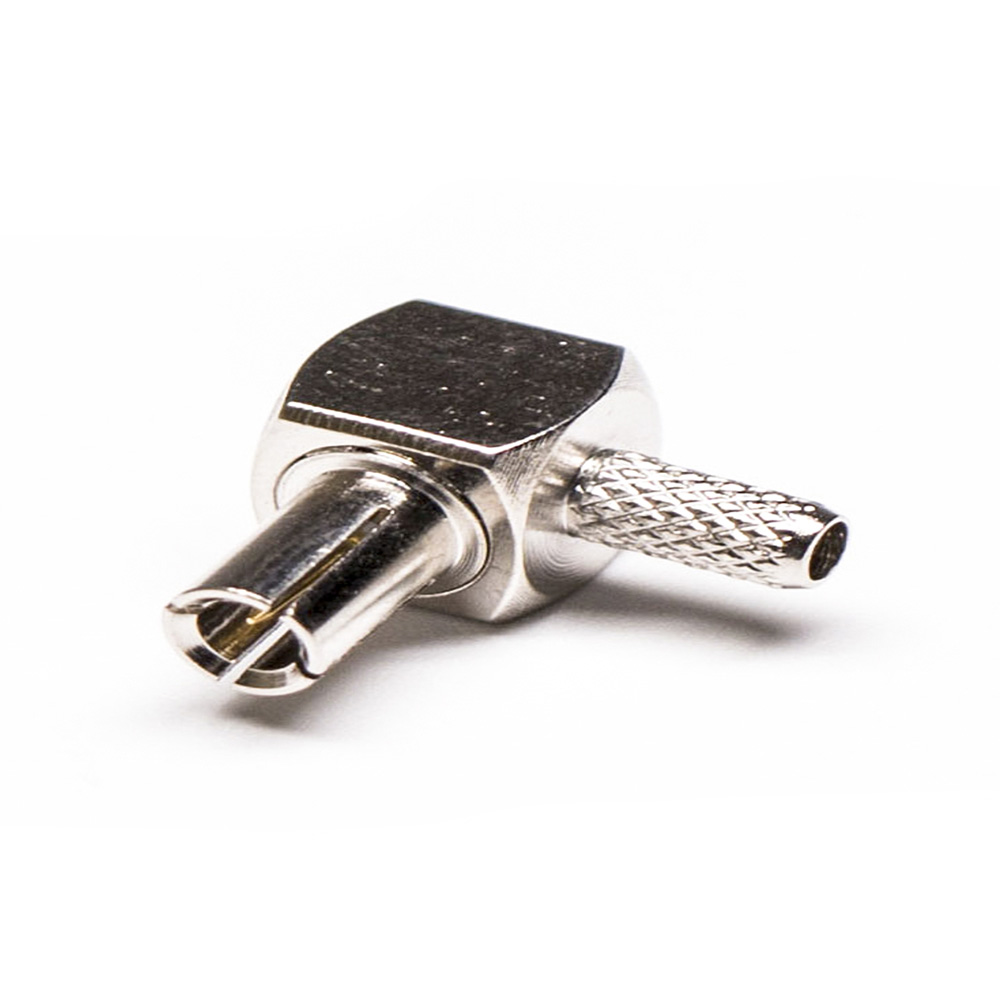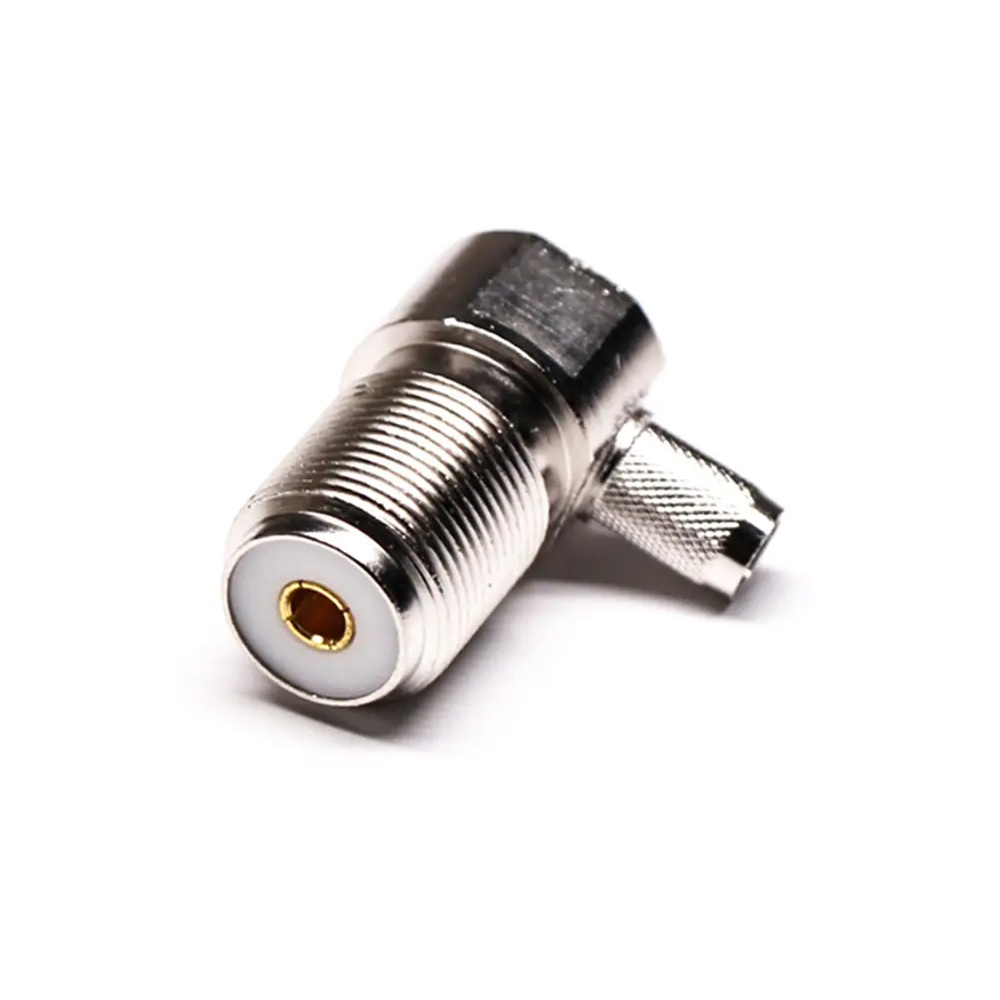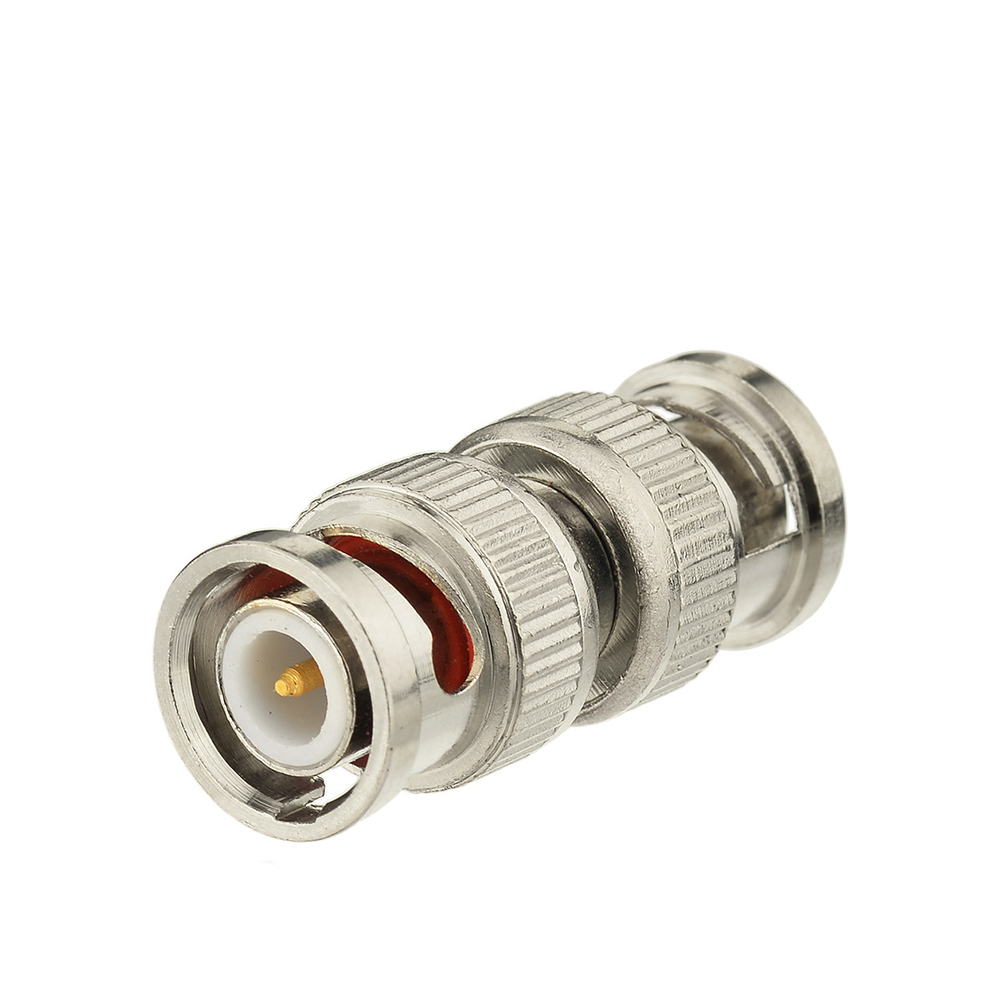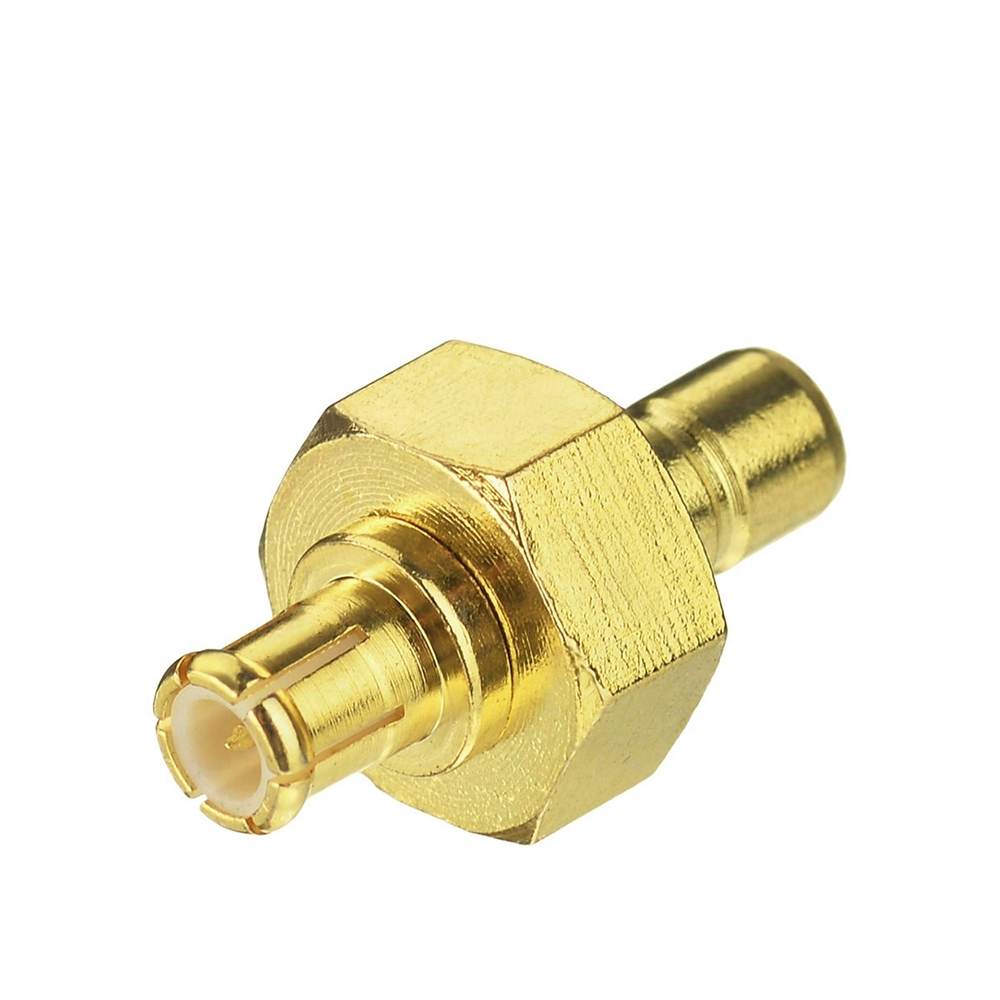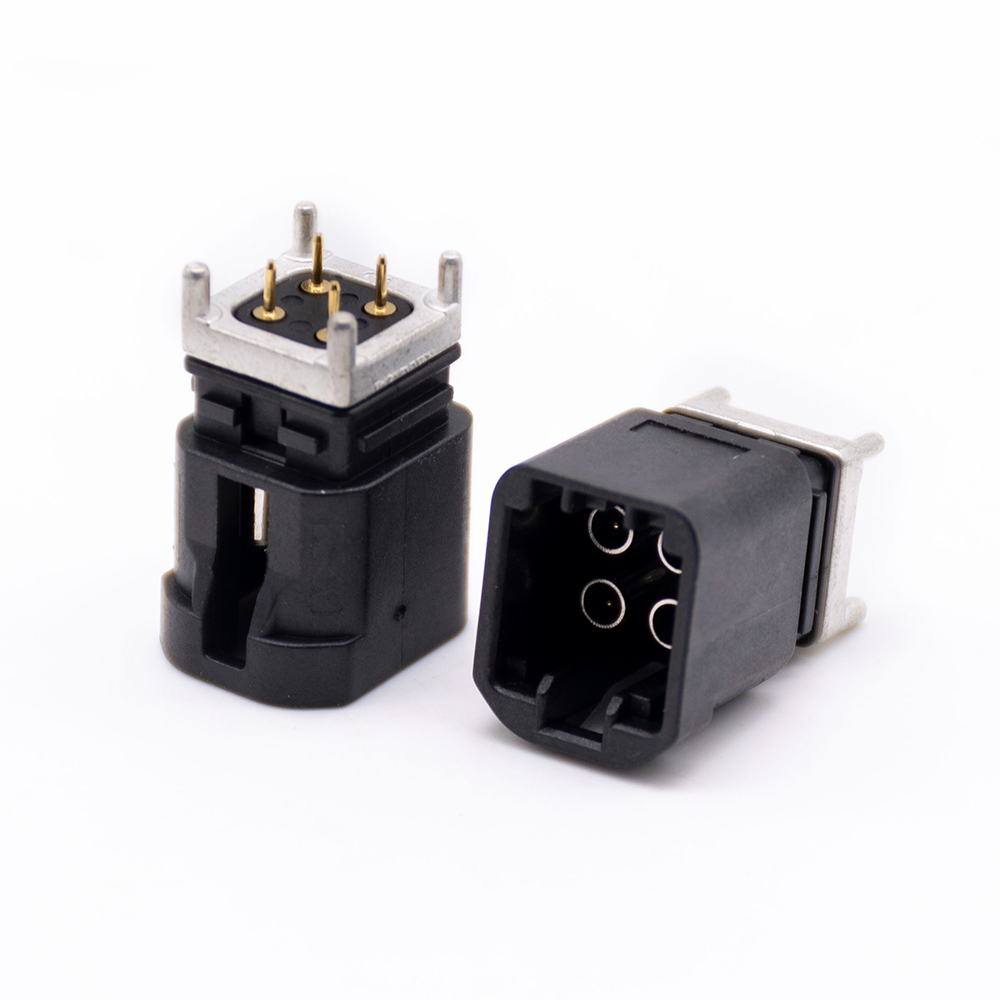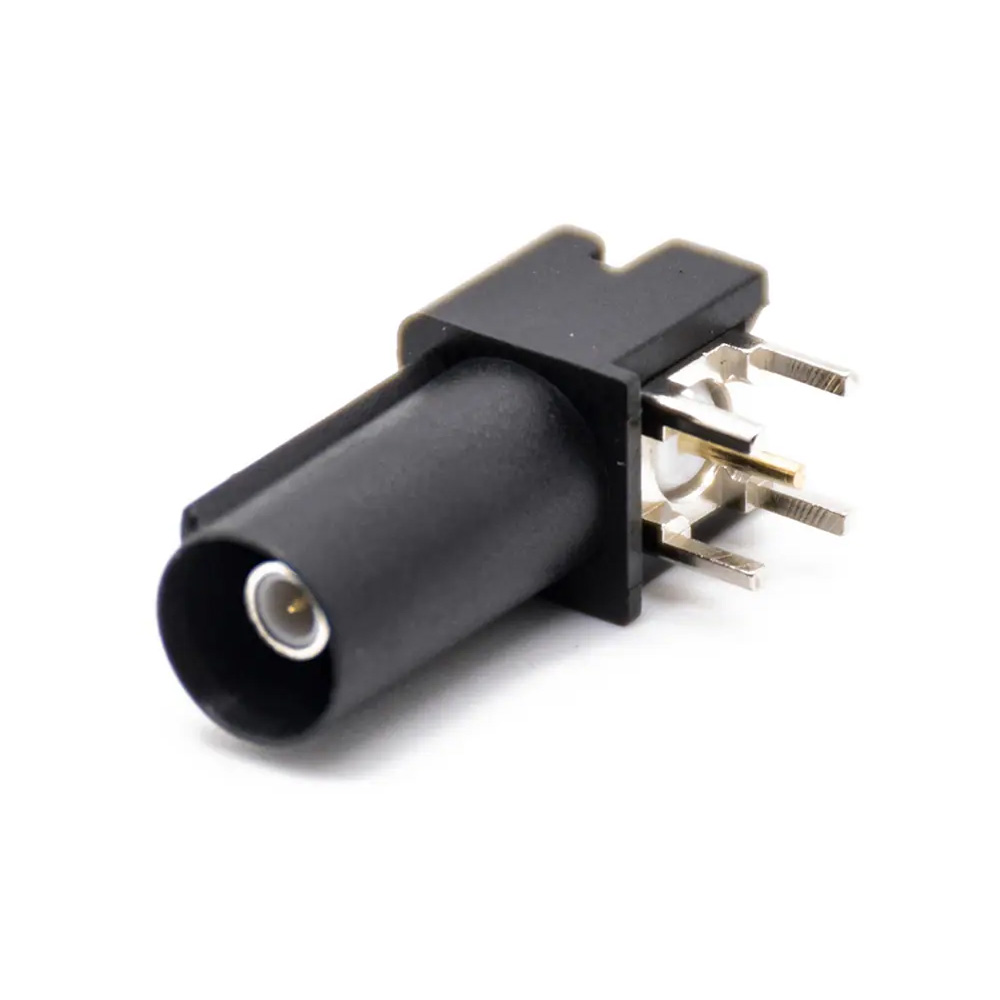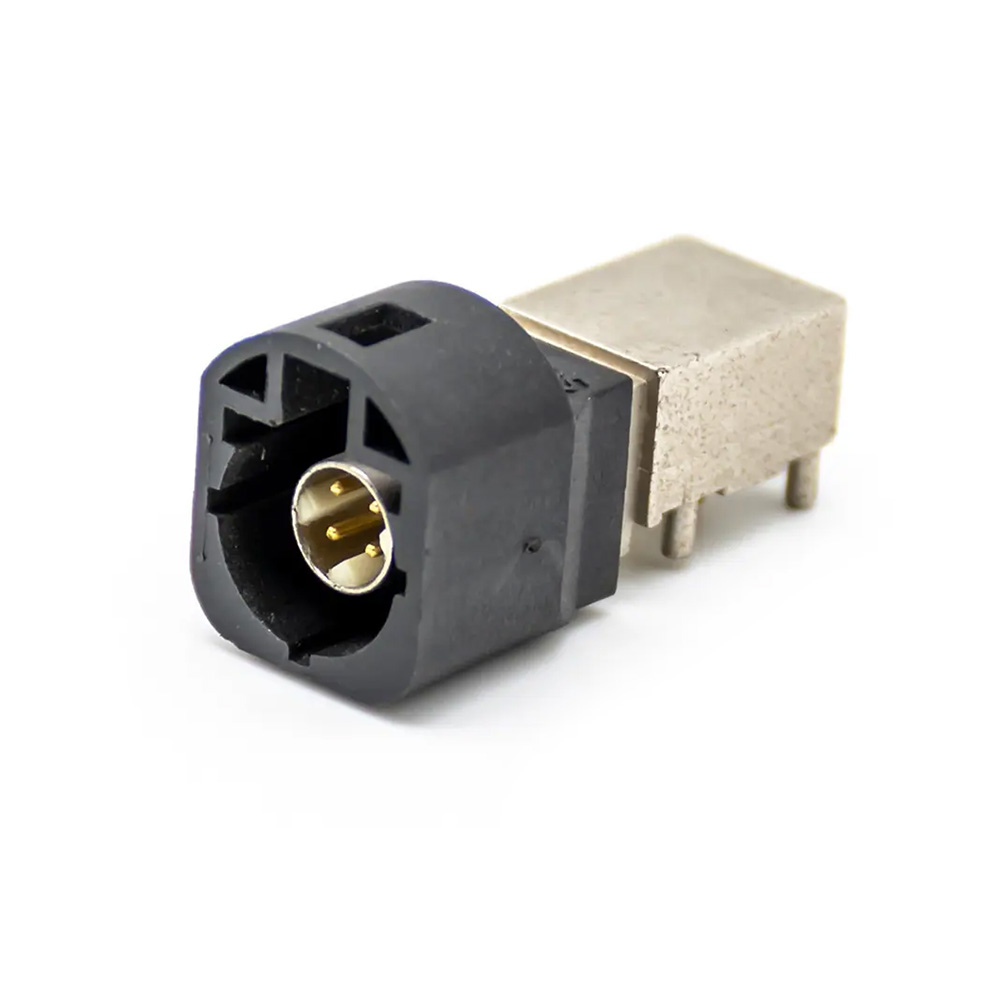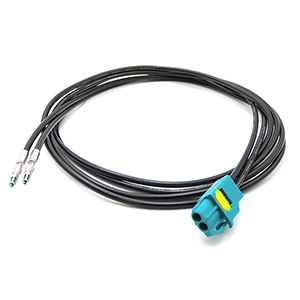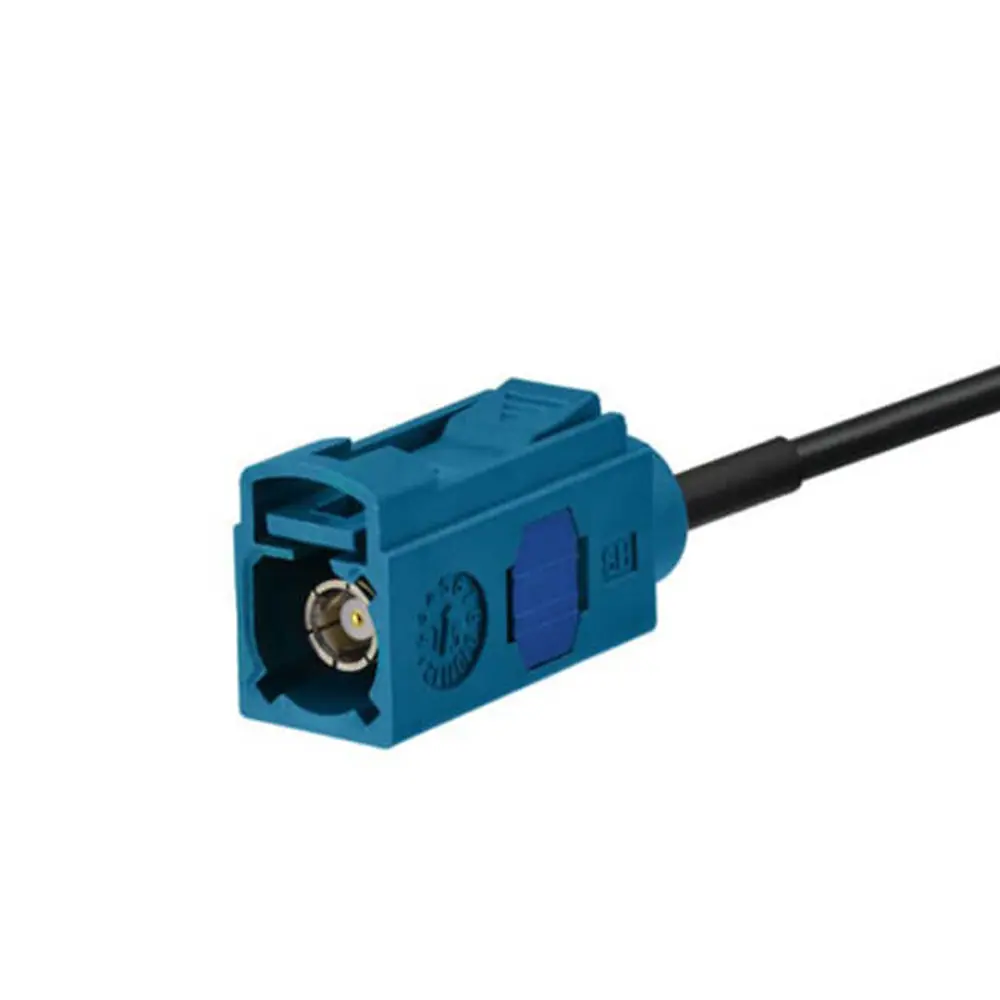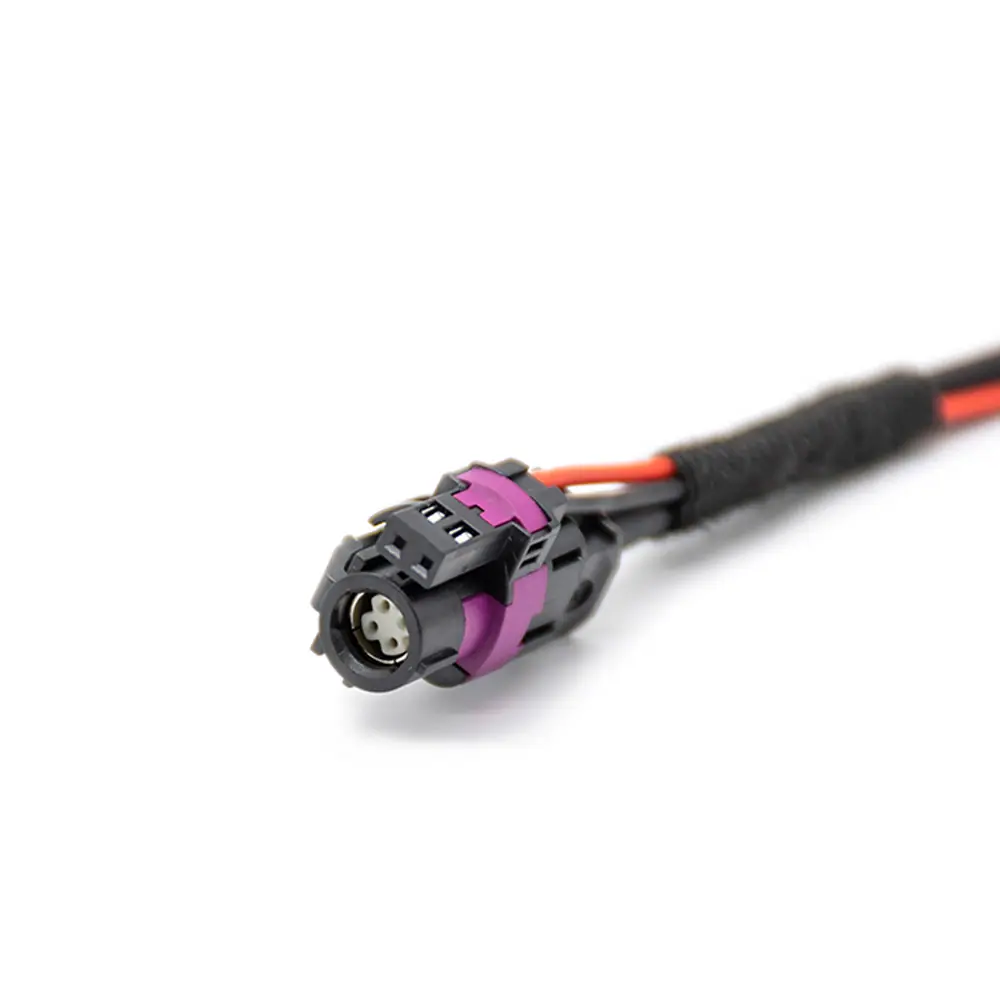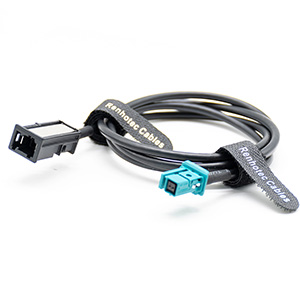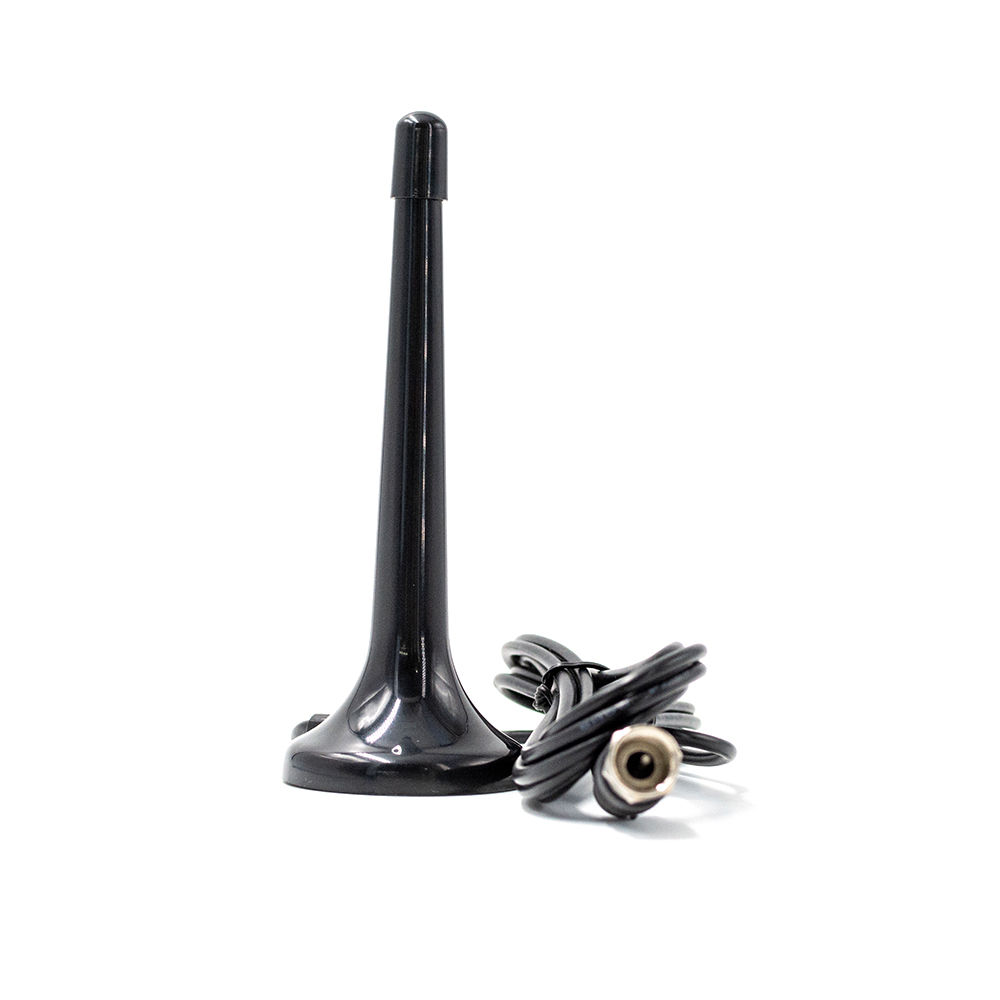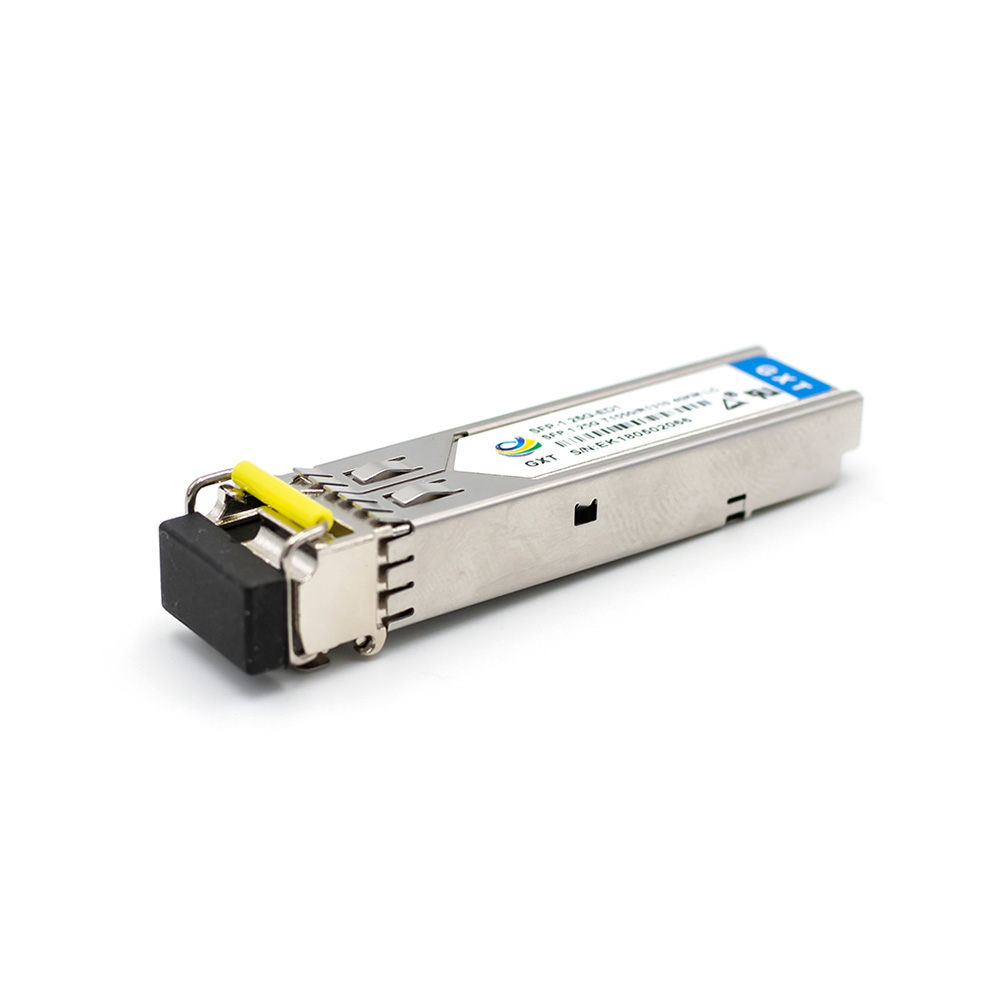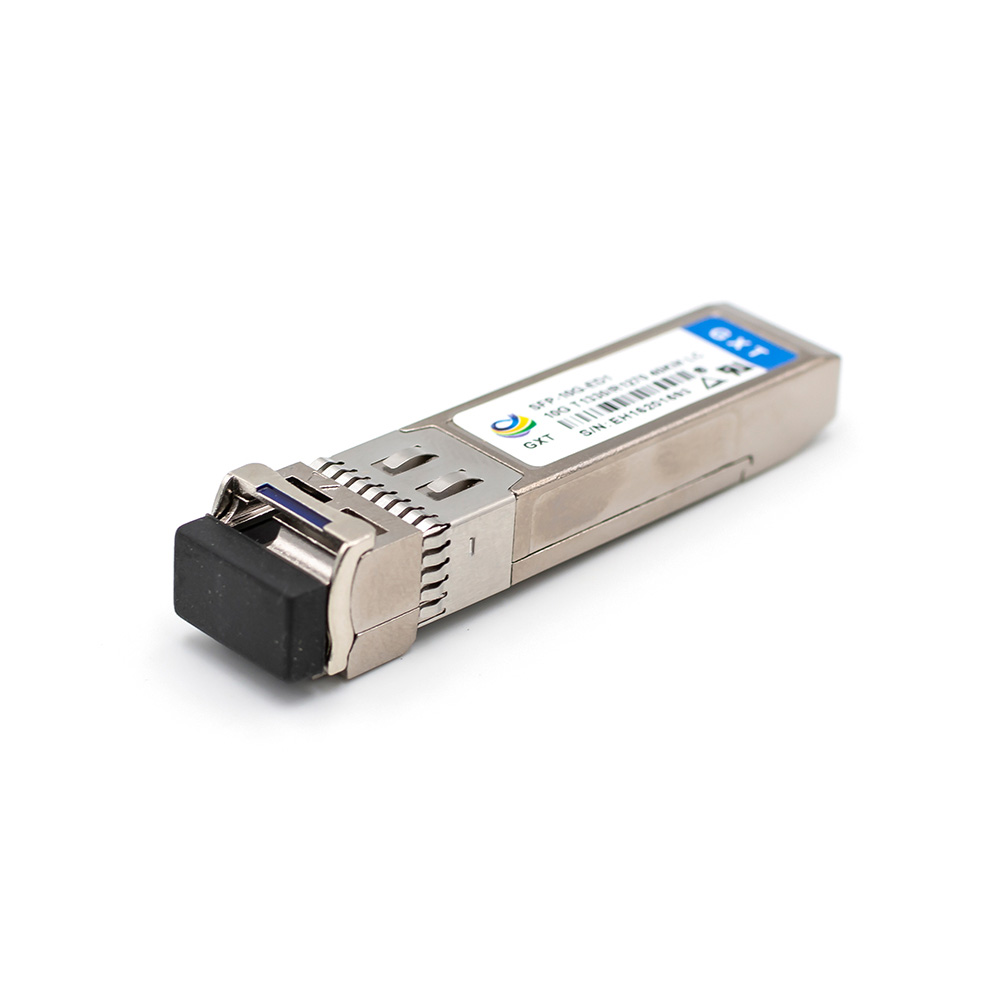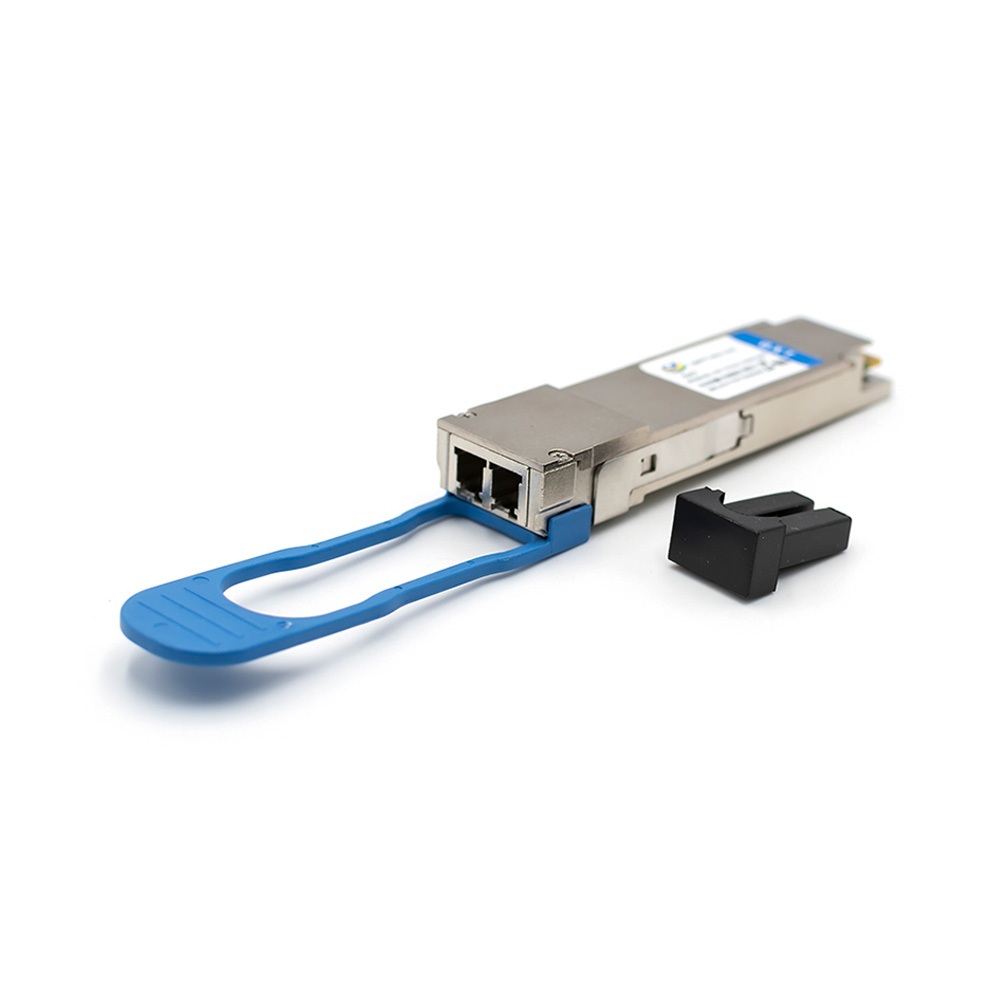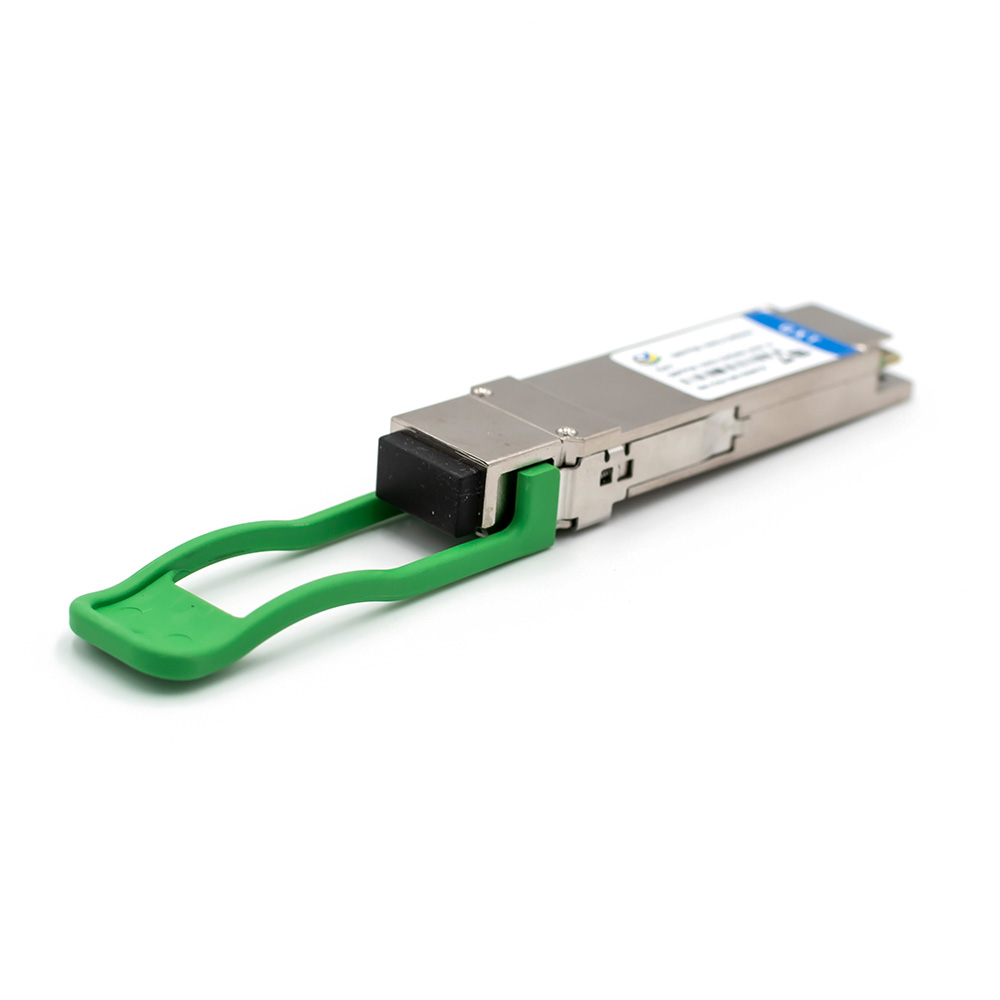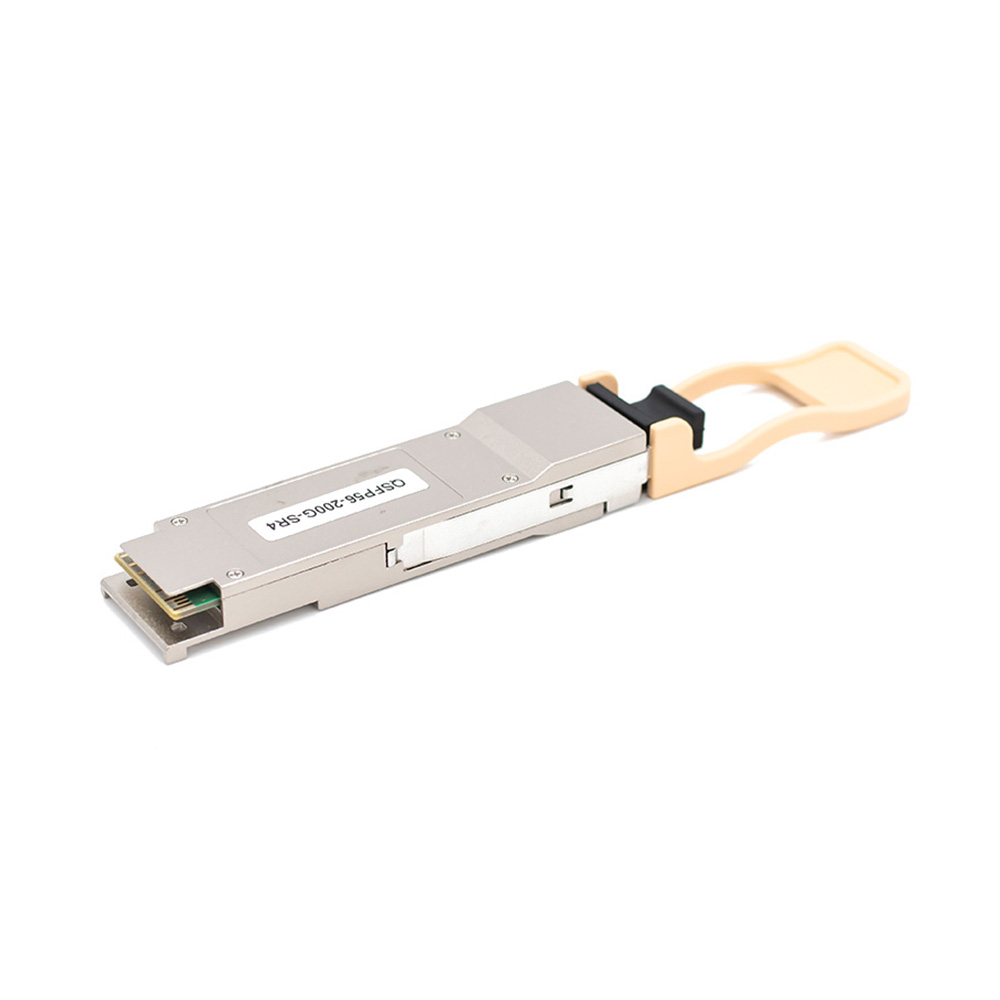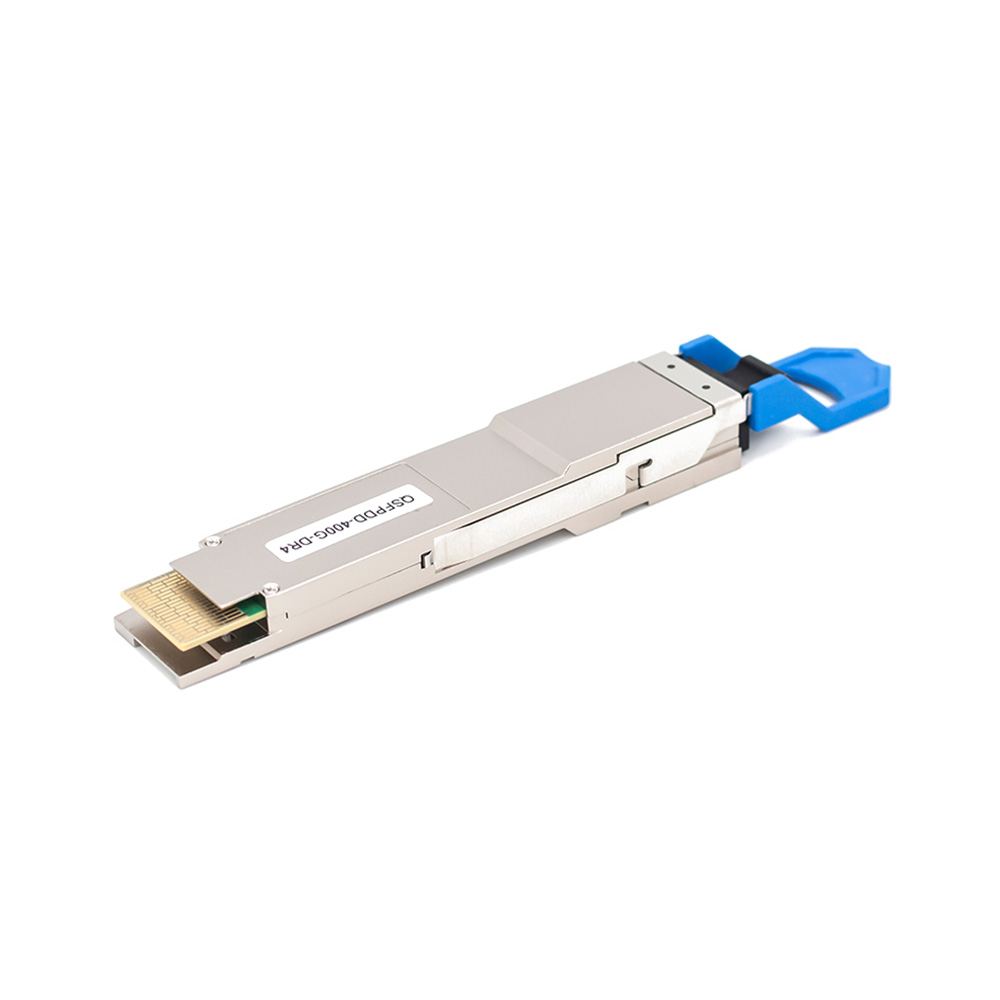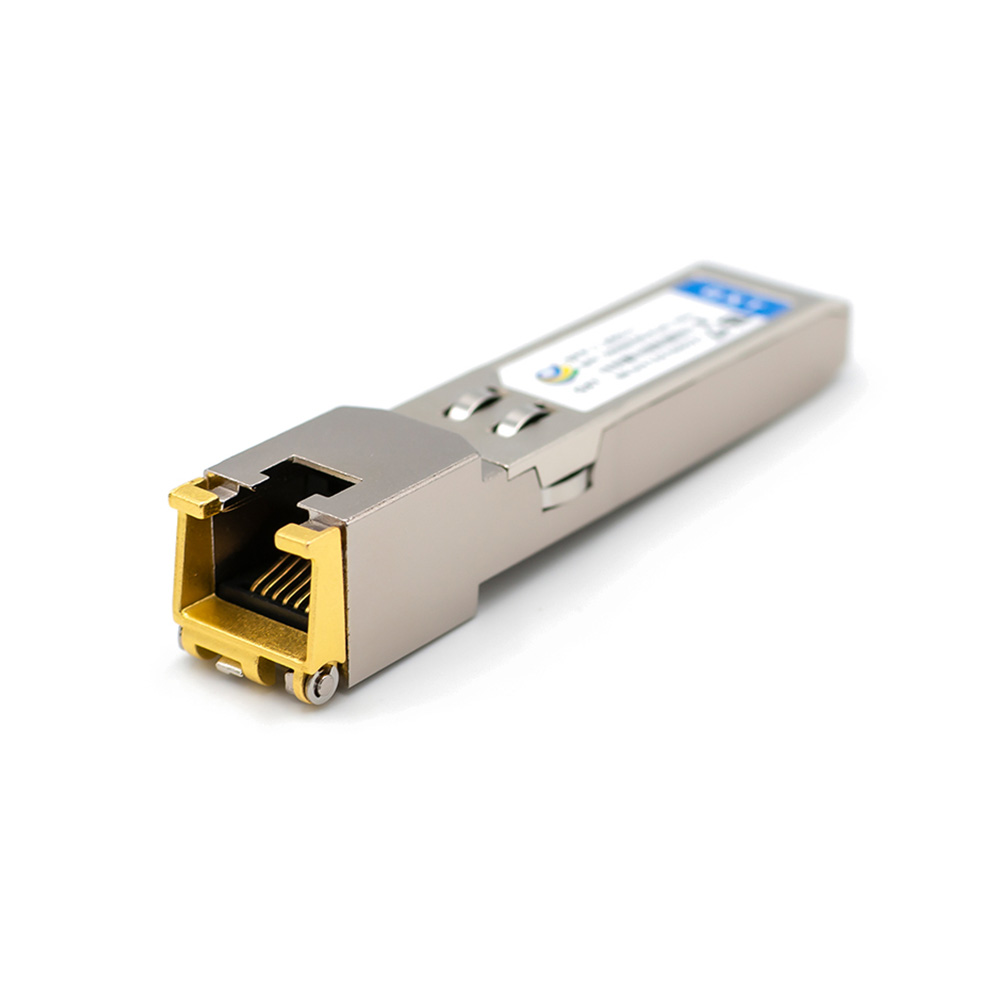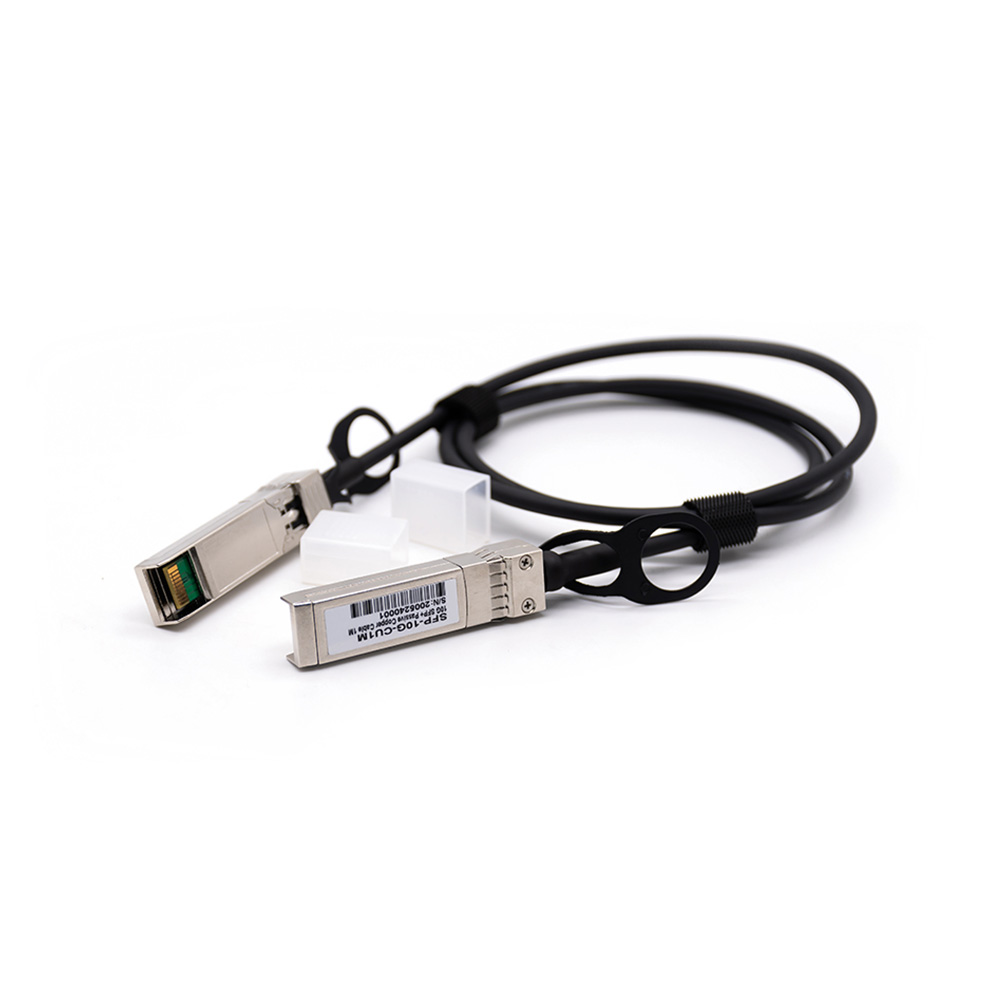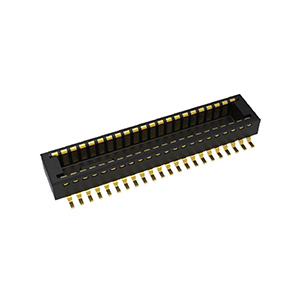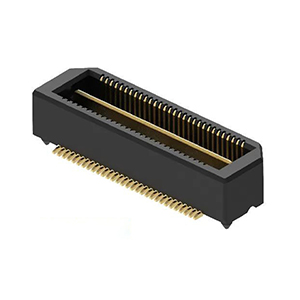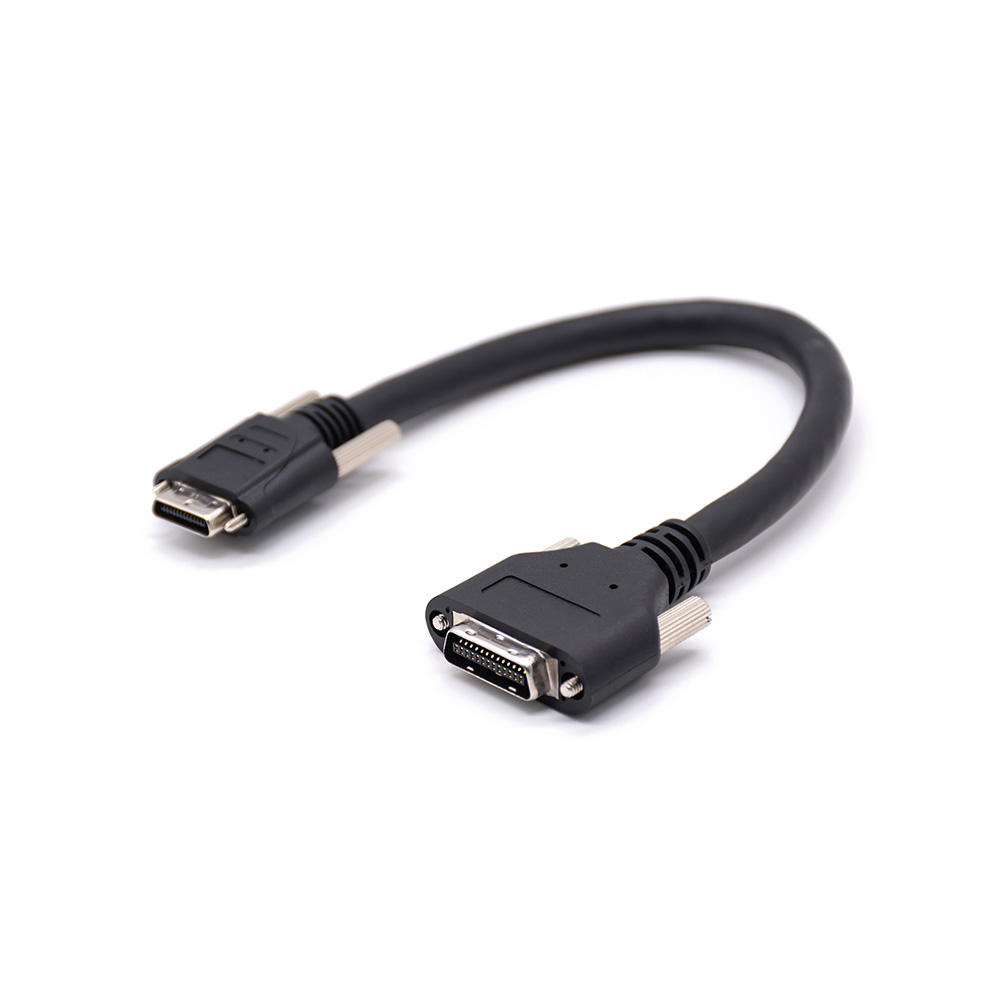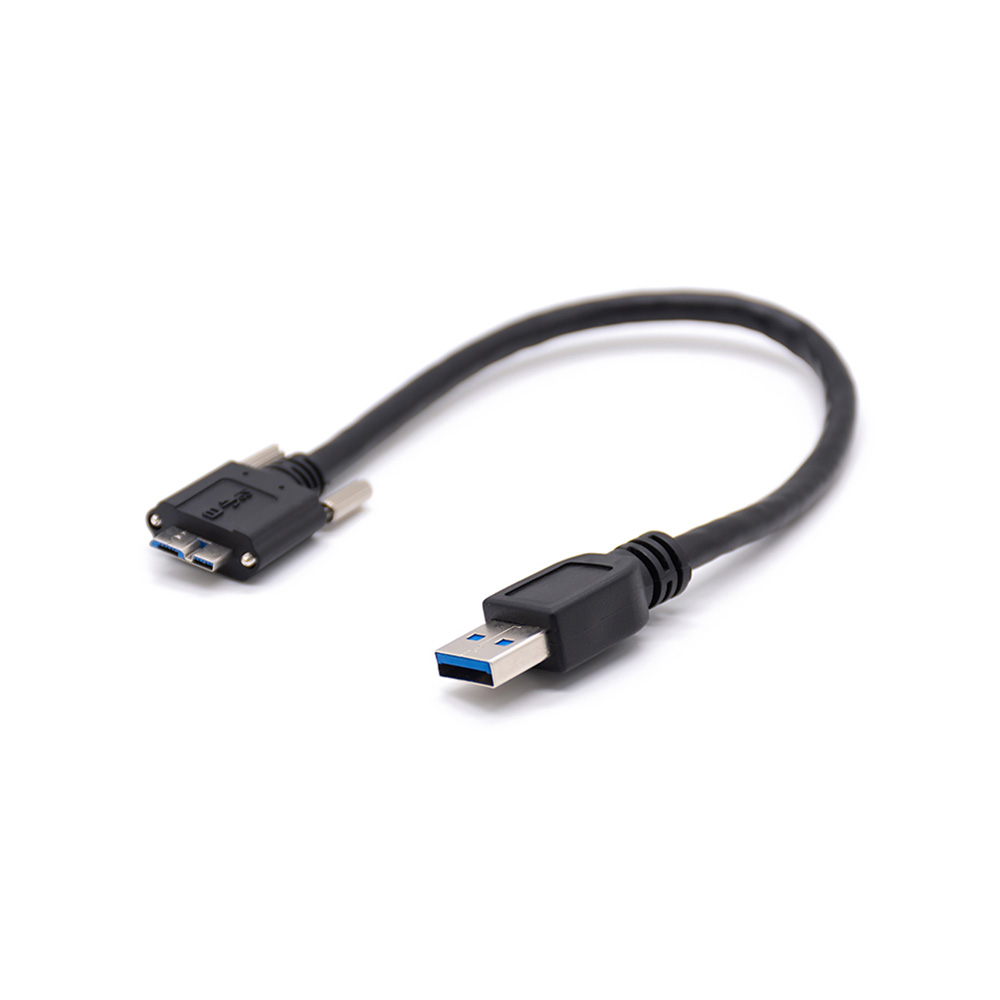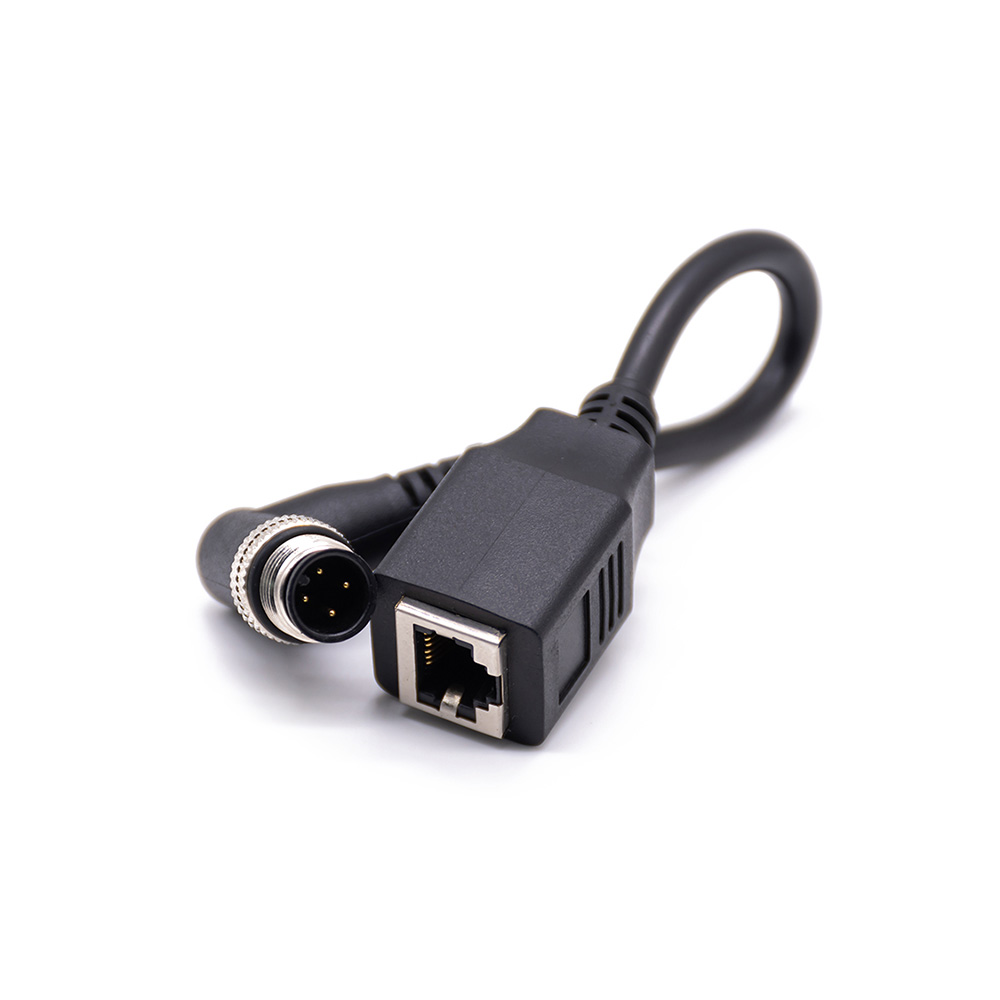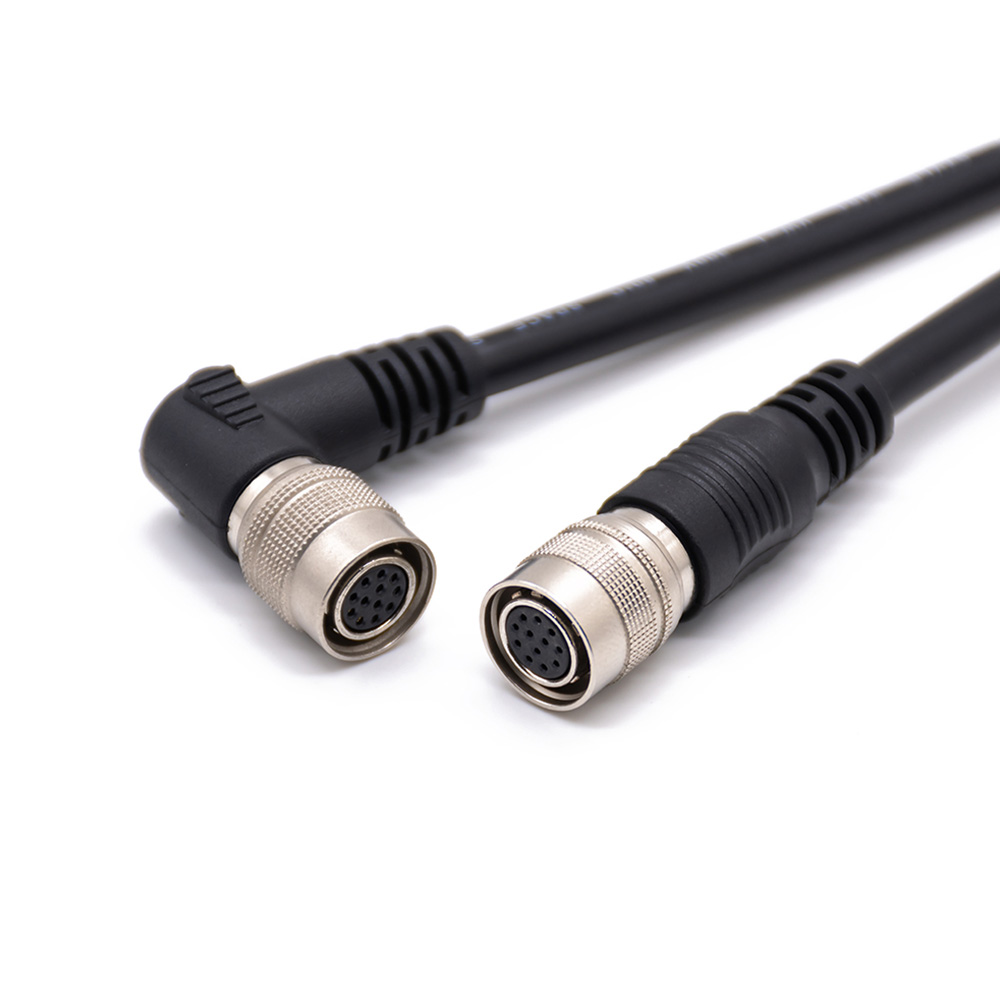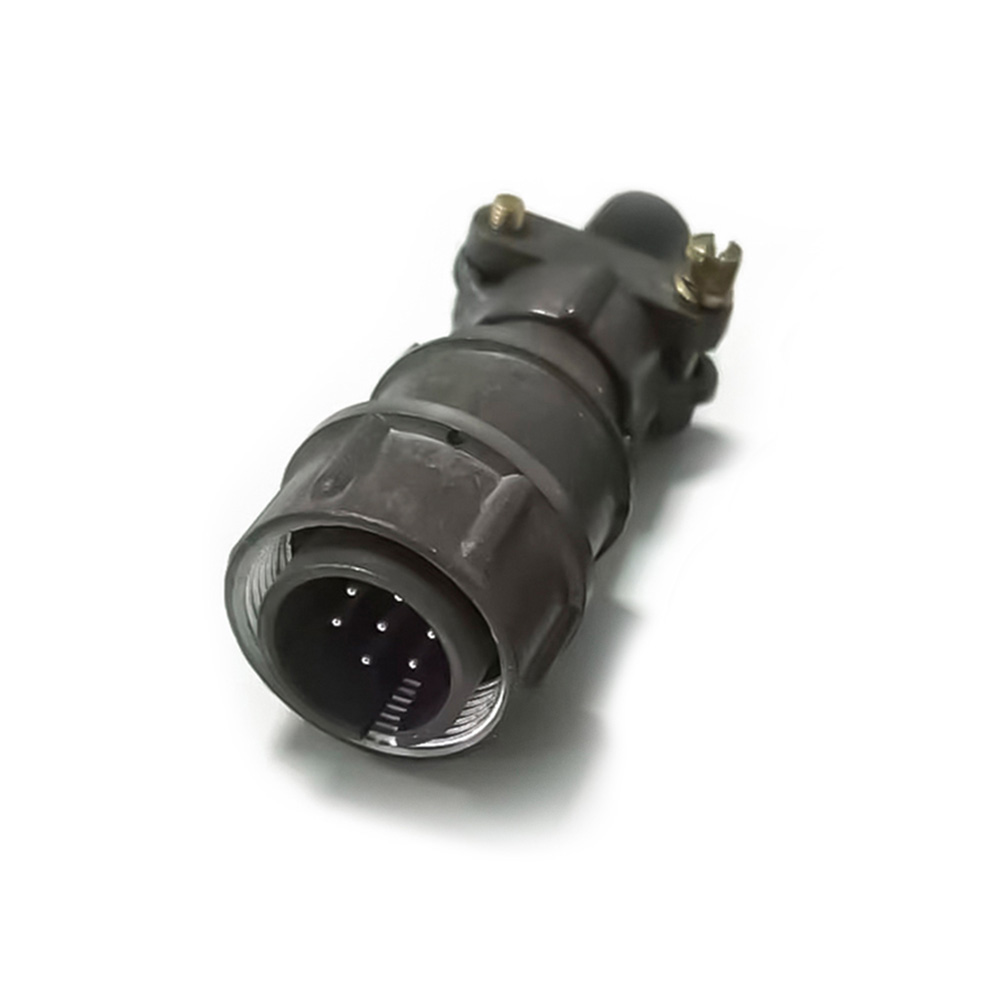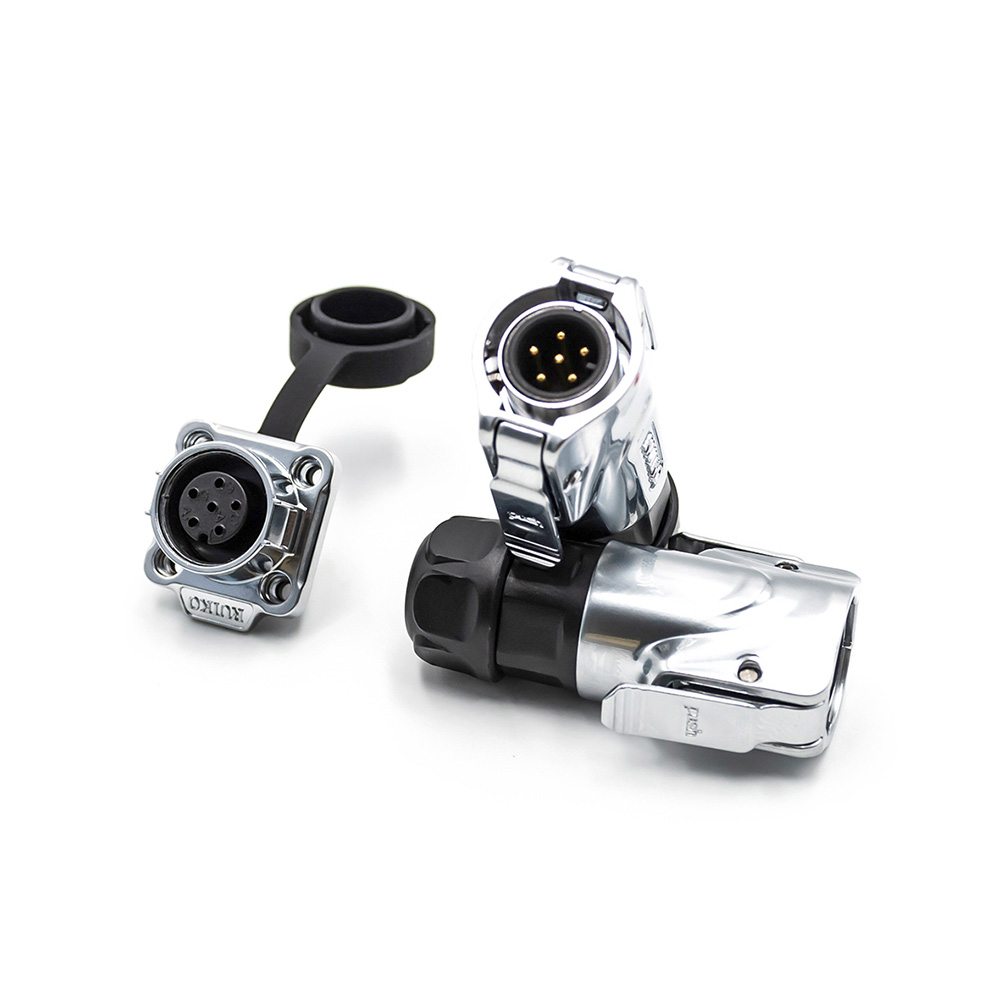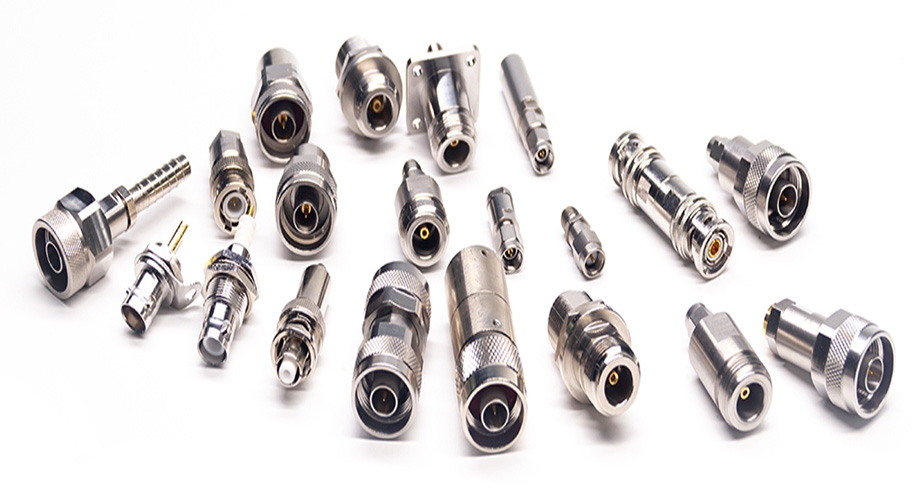RF Connector & Cable
Differences Between Low-Frequency and High-Frequency RF Connectors
There are significant differences between low-frequency and high-frequency RF connectors in several aspects, mainly reflected in the following areas:
Frequency Range
Low-frequency RF connectors are suitable for lower frequency ranges, typically covering direct current (DC) to several hundred megahertz (MHz) or lower frequencies. For example, some low-frequency RF connectors may be suitable for the DC-300 MHz range or lower. In contrast, high-frequency connectors are suitable for higher frequency ranges, usually from hundreds of megahertz (MHz) to tens or even hundreds of gigahertz (GHz), with higher design and manufacturing requirements to meet the needs of high-frequency signal transmission.
Structure and Materials
Low-frequency RF connectors tend to have a simpler structure and material composition, focusing mainly on the stability and durability of the connection. They often utilize traditional connection methods, such as positioning and buckling structures, to ensure tightness and stability. On the other hand, high-frequency connectors require higher bandwidth and better signal impedance matching for high-frequency signal transmission. They typically feature a coaxial structure, comprising an inner conductor, an outer conductor, and an insulator to maintain constant impedance and effectively shield external electromagnetic interference. The contact interface design of high-frequency connectors must be highly precise to ensure good electrical contact and minimal contact resistance.
Electrical Characteristics
Regarding electrical characteristics, low-frequency RF connectors prioritize connection stability and durability but have lower requirements for the transmission characteristics of high-frequency signals. In contrast, high-frequency connectors possess low insertion loss, excellent voltage standing wave ratios, and other important high-frequency electrical characteristics that are crucial for ensuring the quality of high-frequency signal transmission.
Application Scenarios
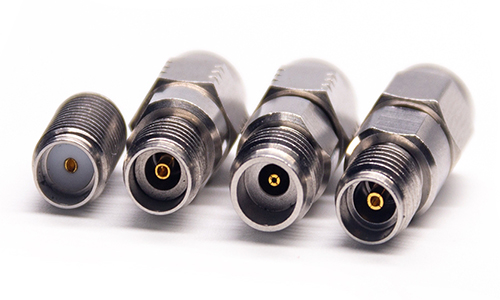
Low-frequency RF connectors are typically used in basic electronic applications, such as power plugs and audio cables in power supplies and electrical equipment, and in some radio frequency systems that do not have high frequency requirements. High-frequency connectors, however, are widely utilized in high-frequency fields such as wireless communication equipment, satellite communications, radar systems, measurement devices, antennas, and microwave circuit production. In these applications, high-frequency connectors must be able to transmit high-frequency signals and ensure connection stability and reliability.
Performance Requirements
Low-frequency RF connectors have relatively low performance requirements, mainly focusing on the stability and durability of the connection. In contrast, high-frequency connectors have higher performance requirements, including precise impedance matching, low insertion loss, excellent voltage standing wave ratios, and other high-frequency characteristics. Additionally, high-frequency connectors must also feature high conductivity, low dielectric constant insulating materials, and full metal shells to ensure the quality and stability of signal transmission.
In summary, significant differences exist between low-frequency and high-frequency connectors in terms of frequency range, structure and materials, electrical characteristics, application scenarios, and performance requirements. These differences make each suitable for different applications and needs. Renhotec Group has twenty years of manufacturing and production experience and can provide low-frequency and high-frequency connectors. If you have any interest, please feel free to contact us.

